How to Install Marble and Travertine Tiles Like a Pro: Step-by-Step Guide

Introduction
Installing marble and travertine tiles can elevate the beauty of any space, whether it’s a bathroom, kitchen, or living area. While these natural stones add elegance and durability, proper installation is essential for long-lasting results. This comprehensive guide will walk you through every step of installing marble and travertine tiles like a pro, from surface preparation to sealing and finishing.
1. Understanding the Nature of Marble and Travertine
Marble: Elegant and Durable
Marble is known for its polished, luxurious look and smooth veining. It’s often used for floors, walls, and showers.
Popular Marble Types for Installation:
-
Thassos White (Greek) Marble – Bright white, minimal veining.
-
Calacatta Gold Marble – Bold, striking gold and gray veins.
-
Carrara White Marble – Classic soft white with gray veining.
-
Emperador Dark Marble – Deep brown with intricate veining.
-
Nero Marquina Marble – Black with contrasting white veins.
-
Arabescato Marble – Dramatic veining and unique movement.
Travertine: Rustic and Versatile
Travertine has a more textured, porous surface compared to marble. It is ideal for both indoor and outdoor use.
Popular Travertine Types for Installation:
-
Ivory Light Travertine – Warm beige, soft texture.
-
Noce Travertine – Deep brown, rich natural tones.
-
Scabos Travertine – Vibrant mix of earthy hues.
-
Silver Travertine – Grayish shades with a modern appeal.
2. Tools and Materials You Will Need
Before you start the installation, gather the necessary tools and materials.
Tools:
✔️ Wet saw with a diamond blade ✔️ Notched trowel (¼-inch for floors, ⅜-inch for walls) ✔️ Rubber mallet ✔️ Tile spacers ✔️ Level ✔️ Sponge and bucket ✔️ Grout float ✔️ Chalk line for alignment
Materials:
✔️ Marble or travertine tiles ✔️ Thin-set mortar (white for marble, gray for darker travertine) ✔️ Tile backer board (for walls and showers) ✔️ Sealer (for protection against stains and moisture) ✔️ Sanded or unsanded grout (depending on grout line size) ✔️ Silicone caulk (for expansion joints)
3. Step-by-Step Installation Process
Step 1: Prepare the Surface
-
Ensure the subfloor or wall is clean, dry, and level.
-
Install a cement backer board if working in wet areas like showers.
-
Use a chalk line to mark tile layout for precision.
Step 2: Apply the Thin-Set Mortar
-
Mix thin-set mortar to a smooth, peanut butter consistency.
-
Apply it with a notched trowel in small sections to prevent drying.
-
Use the back buttering technique for marble tiles to improve adhesion.
Step 3: Lay the Tiles
-
Start from the center and work outward.
-
Use tile spacers to maintain even grout lines.
-
Tap tiles gently with a rubber mallet to ensure they are level.
Step 4: Cutting Tiles for Edges and Corners
-
Use a wet saw with a diamond blade to cut marble and travertine.
-
Smooth out edges with sandpaper or a polishing pad.
Step 5: Allow Tiles to Set
-
Let tiles cure for 24 hours before grouting.
-
Avoid walking on the tiles during this time.
Step 6: Apply Grout
-
Choose sanded grout for wider joints and unsanded grout for thinner lines.
-
Use a grout float to spread grout diagonally across tiles.
-
Wipe off excess grout with a damp sponge before it dries.
Step 7: Seal the Surface
-
Apply a penetrating sealer to protect against moisture and stains.
-
Allow at least 24 hours for the sealer to cure before use.
4. Common Mistakes to Avoid
❌ Using too much water when mixing mortar (weakens adhesion). ❌ Skipping back buttering, which leads to tile detachment. ❌ Not sealing travertine before grouting (causes grout haze). ❌ Forgetting expansion joints (leads to cracking over time). ❌ Using acidic cleaners on marble or travertine (causes etching and dullness).
5. Frequently Asked Questions (FAQs)
Q1: Can I install marble and travertine tiles myself?
A: Yes, but it requires precision, proper tools, and patience. For large projects, hiring a professional is recommended.
Q2: What’s the best way to cut marble tiles?
A: Use a wet saw with a diamond blade to ensure clean and precise cuts.
Q3: How long does it take to install marble flooring?
A: The installation process, including drying time, can take 3-4 days, depending on the space size.
Q4: Do marble and travertine tiles need to be sealed?
A: Yes! Sealing prevents stains, moisture penetration, and wear.
Q5: Can I use travertine for outdoor installations?
A: Yes, Silver Travertine and Scabos Travertine are great for patios, walkways, and pool areas.
Q6: What size grout line should I use for marble tiles?
A: A 1/16 to 1/8-inch grout line is ideal for a seamless look.
Q7: Should I use sanded or unsanded grout for marble?
A: Unsanded grout is recommended for polished marble to prevent scratching.
Q8: What causes marble tiles to crack after installation?
A: Improper subfloor preparation, lack of expansion joints, or excessive pressure.
Q9: Can I install marble or travertine over existing tile?
A: It’s not recommended unless the existing tile is completely level and properly prepped.
Q10: How can I prevent lippage when installing marble tiles?
A: Use a leveling system and ensure the subfloor is even before starting.
6. Conclusion
Installing marble and travertine tiles requires careful planning, precision, and the right materials. By following the proper steps—preparing the surface, using the correct adhesive, applying grout, and sealing the tiles—you can achieve a professional and long-lasting result. Whether you’re installing Calacatta Gold Marble for a luxurious look or Ivory Light Travertine for a rustic appeal, proper installation techniques ensure the beauty and durability of your investment.
If you're ready to start your marble or travertine tile project, follow this guide step by step, and enjoy the timeless elegance of natural stone in your home.

 Best Selling Marble Collections
Best Selling Marble Collections
 Arabescato Corchia
Arabescato Corchia Bardiglio
Bardiglio Bianco Dolomite
Bianco Dolomite  Carrara White
Carrara White 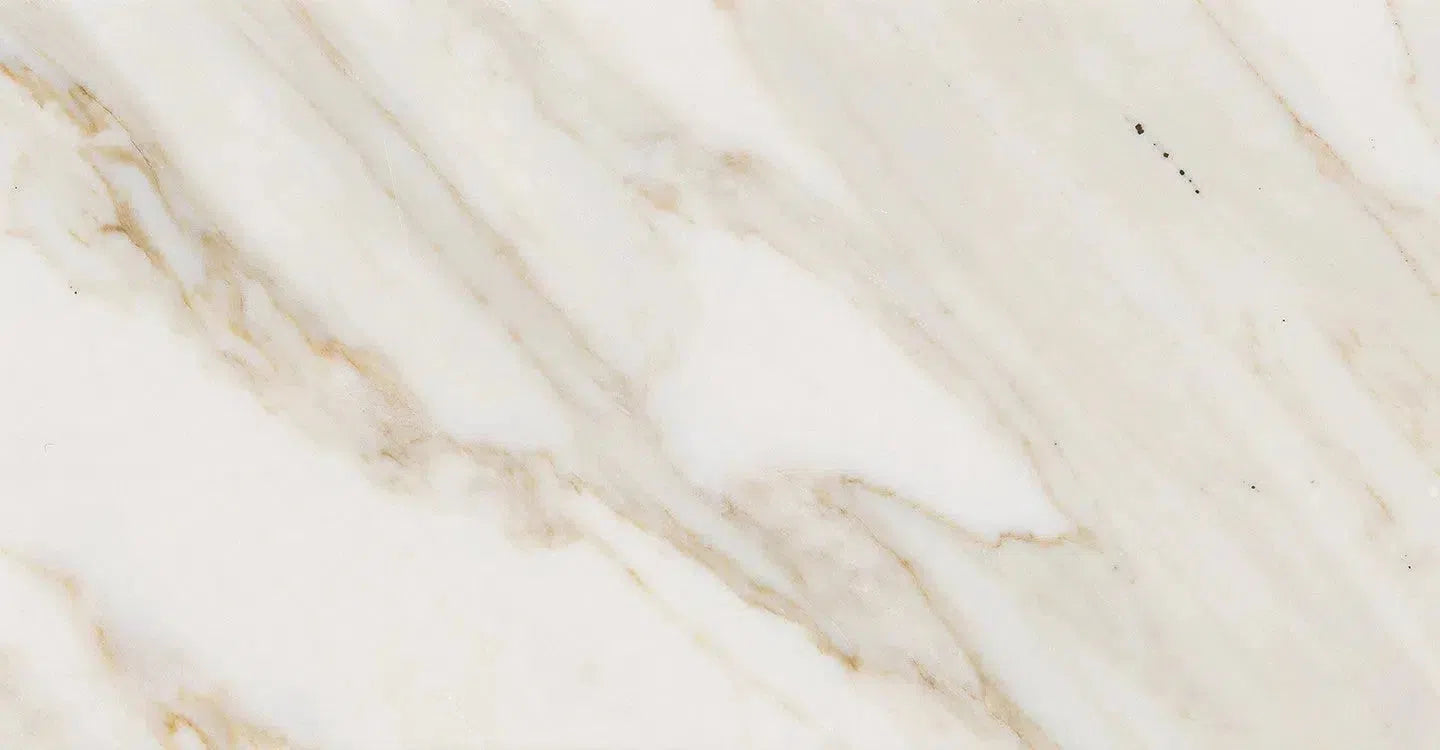 Calacatta Gold
Calacatta Gold Crema Marfil
Crema Marfil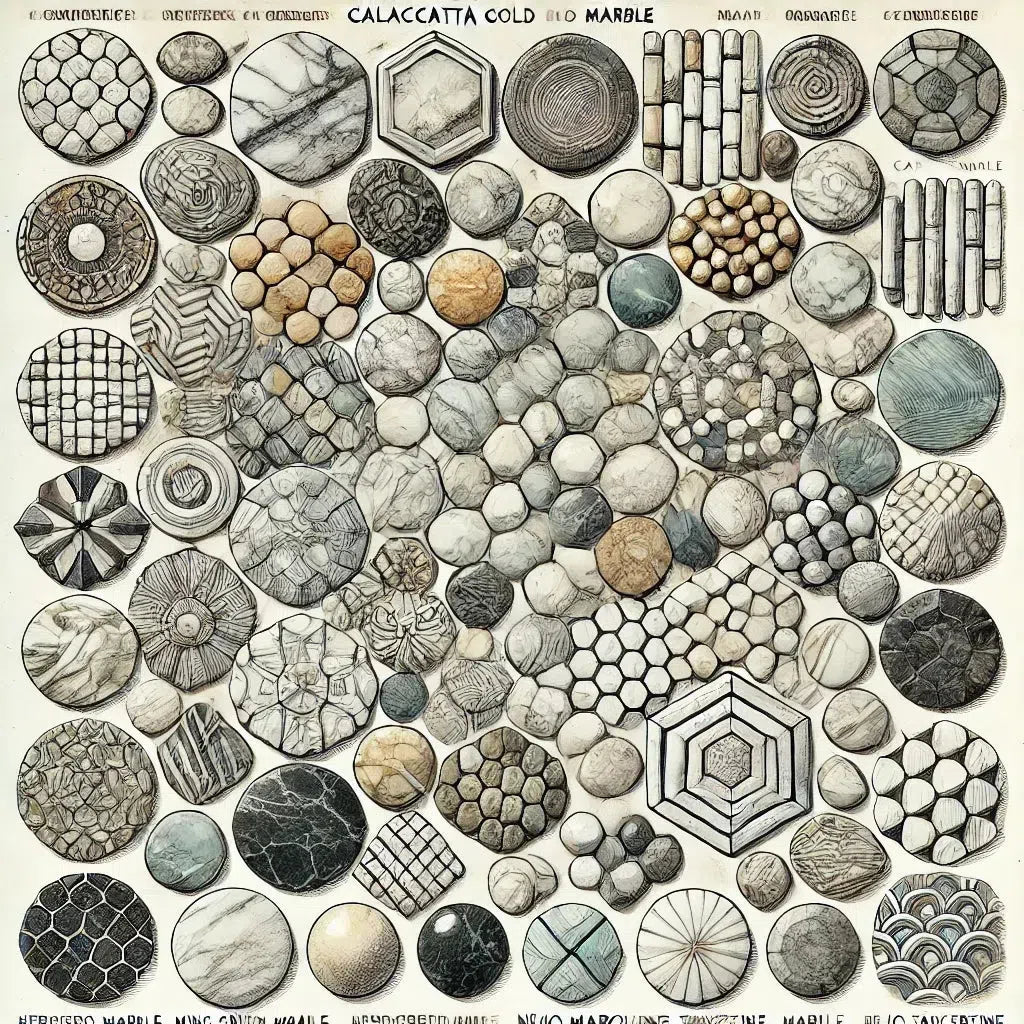 Custom Made Mosaic
Custom Made Mosaic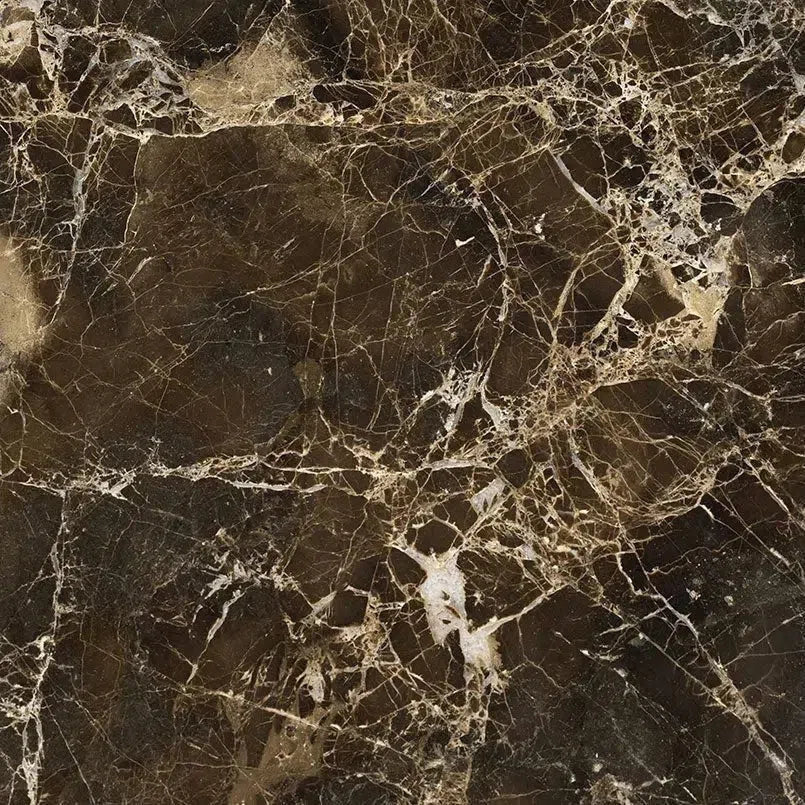 Emperador Dark
Emperador Dark Nero Marquina
Nero Marquina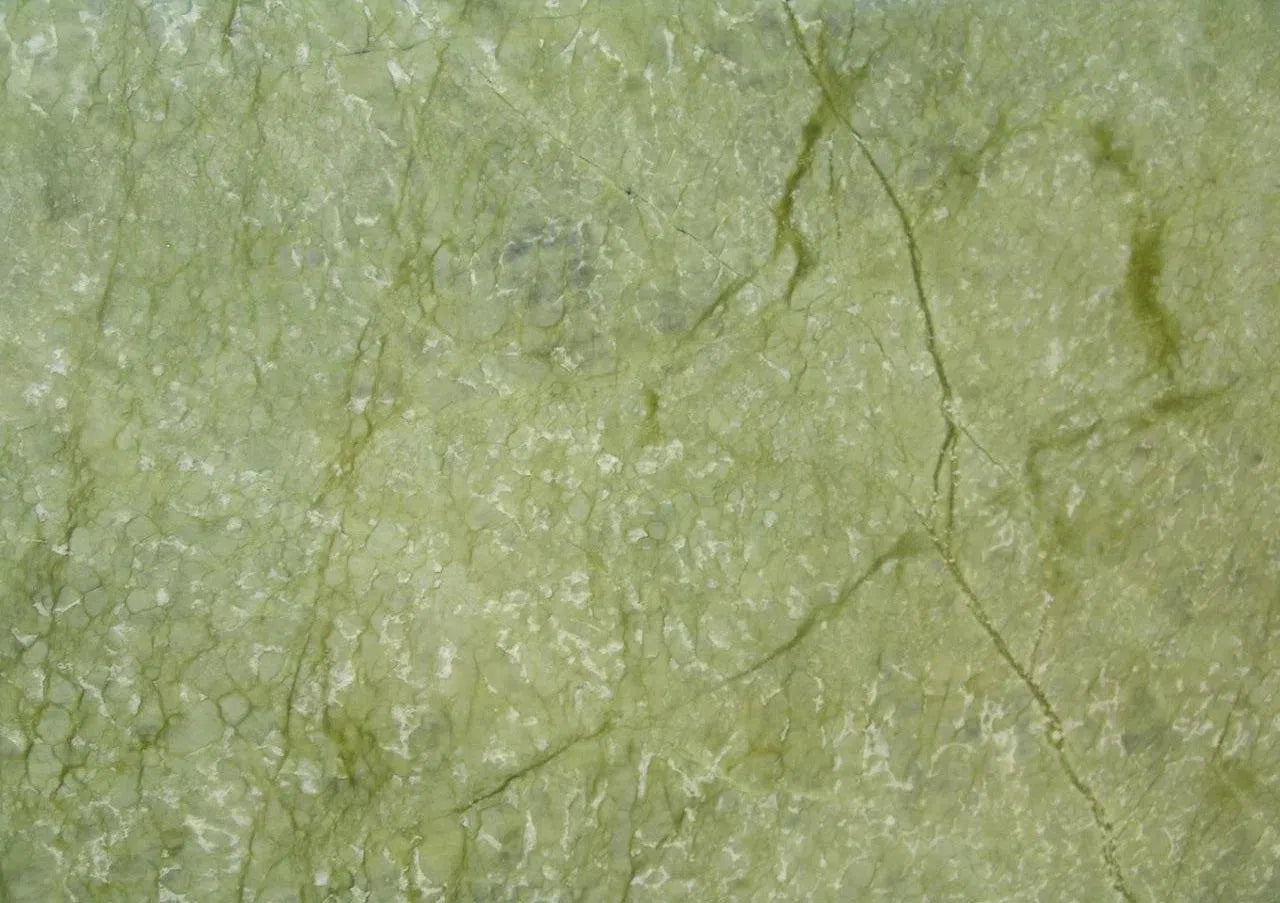 Ming Green Marble
Ming Green Marble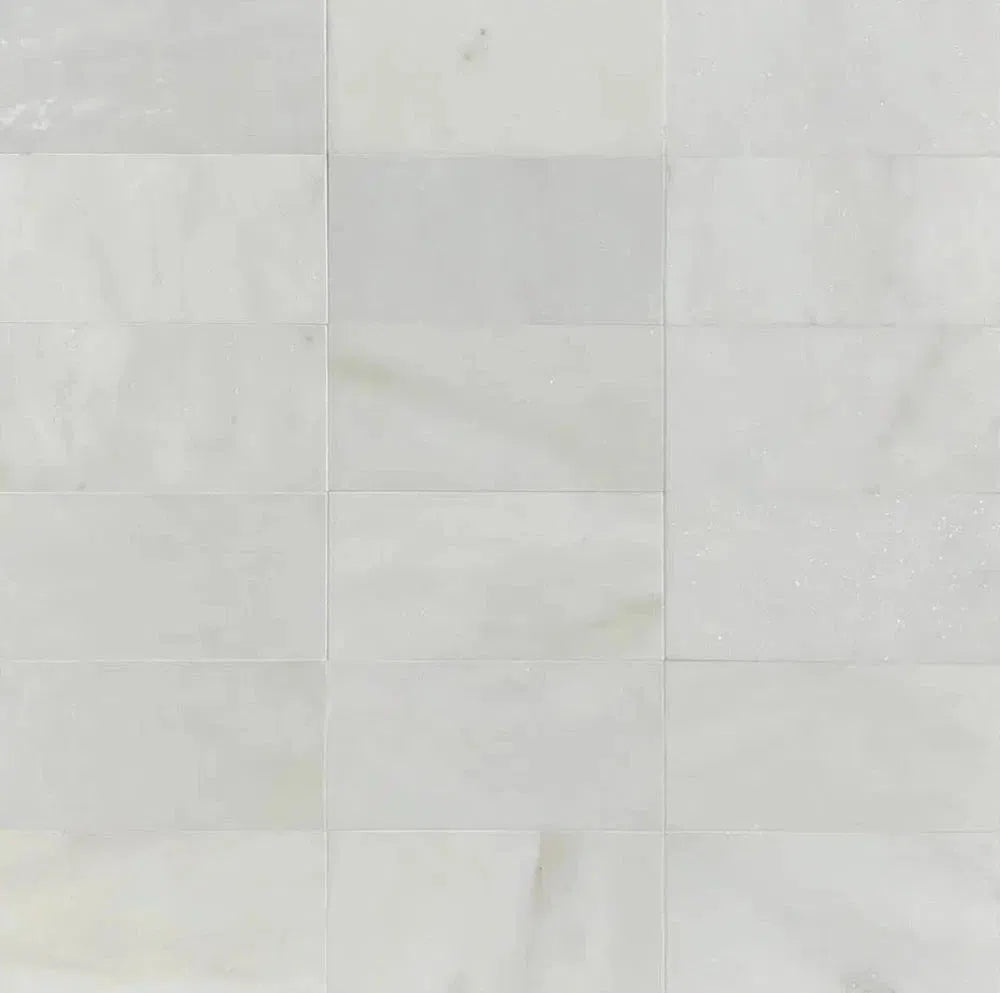 Oriental White Marble (Asian Statuary Marble)
Oriental White Marble (Asian Statuary Marble)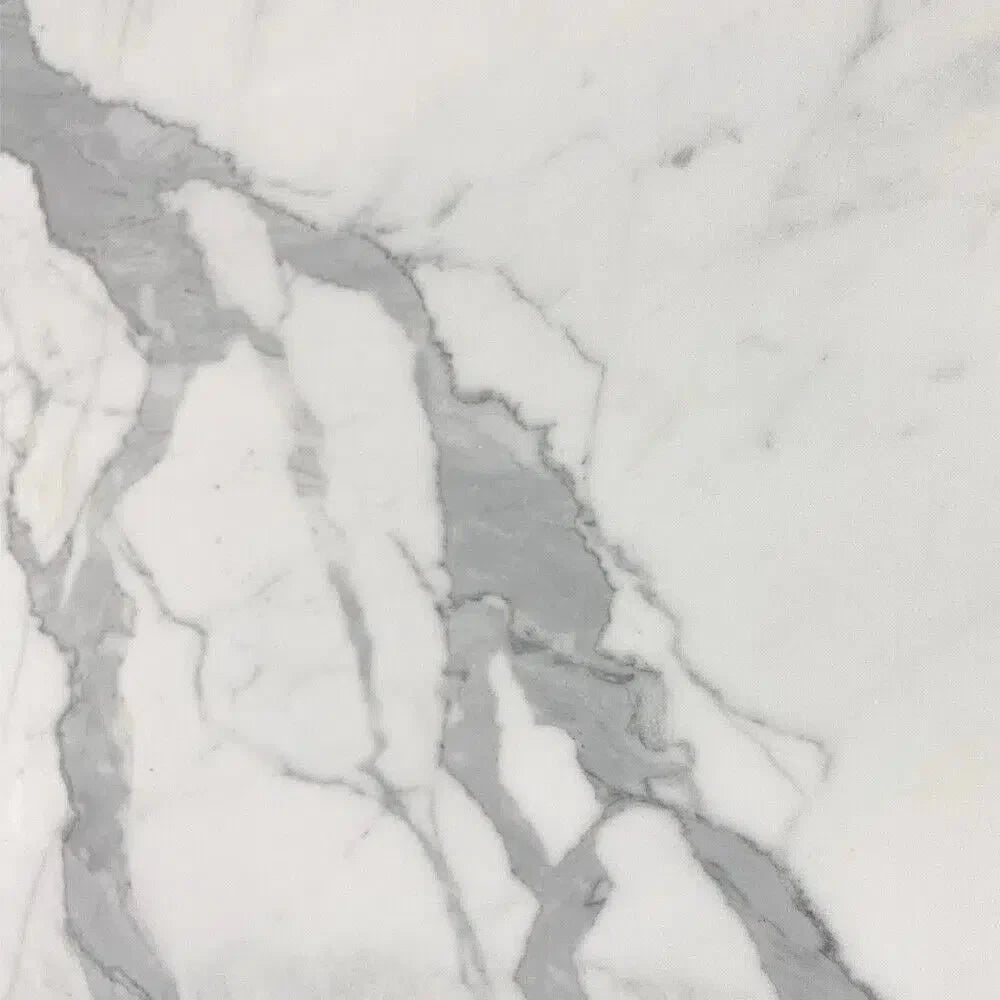 Statuary - Statuario White (Italian) Marble
Statuary - Statuario White (Italian) Marble Thassos White
Thassos White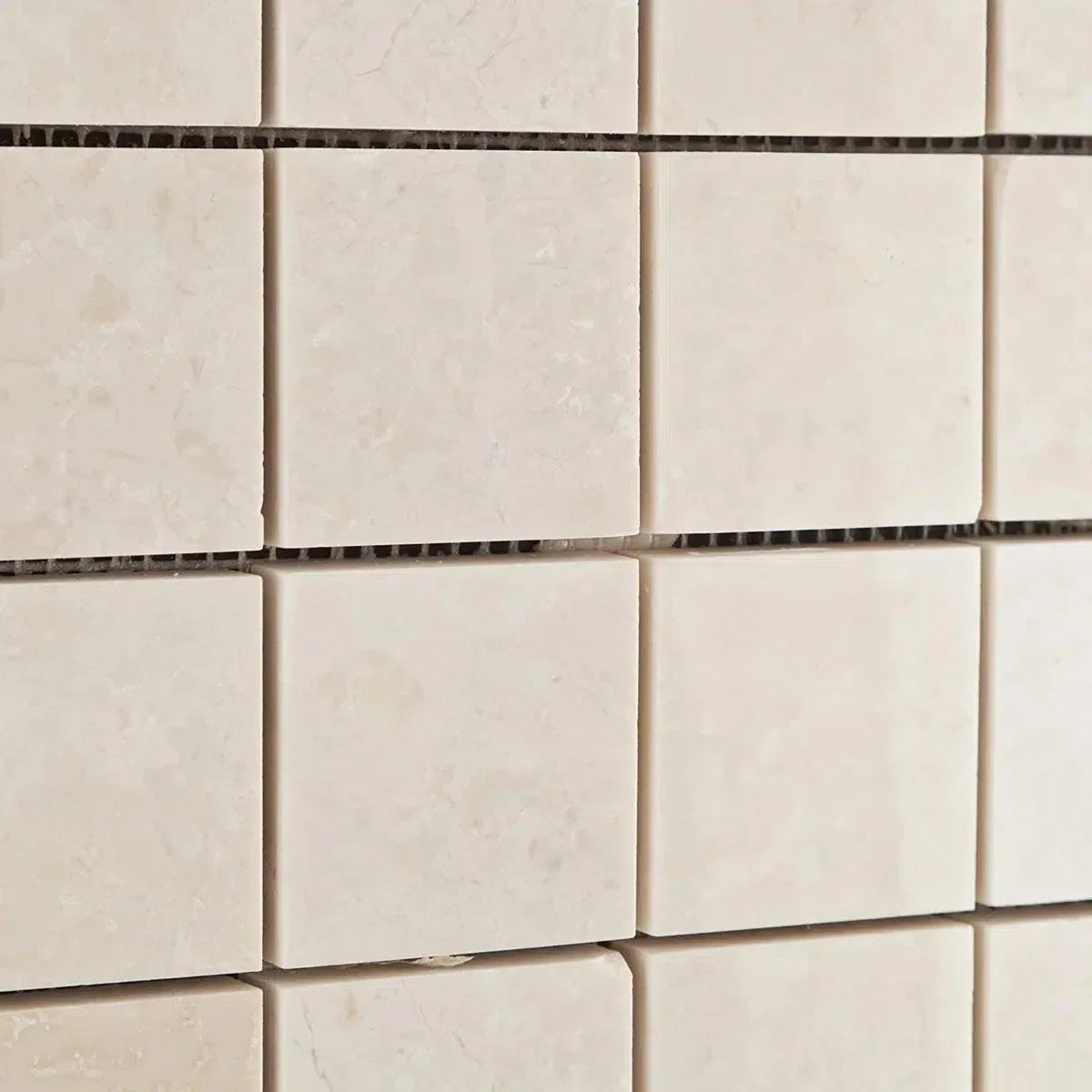 White Pearl/Botticino Beige Marble
White Pearl/Botticino Beige Marble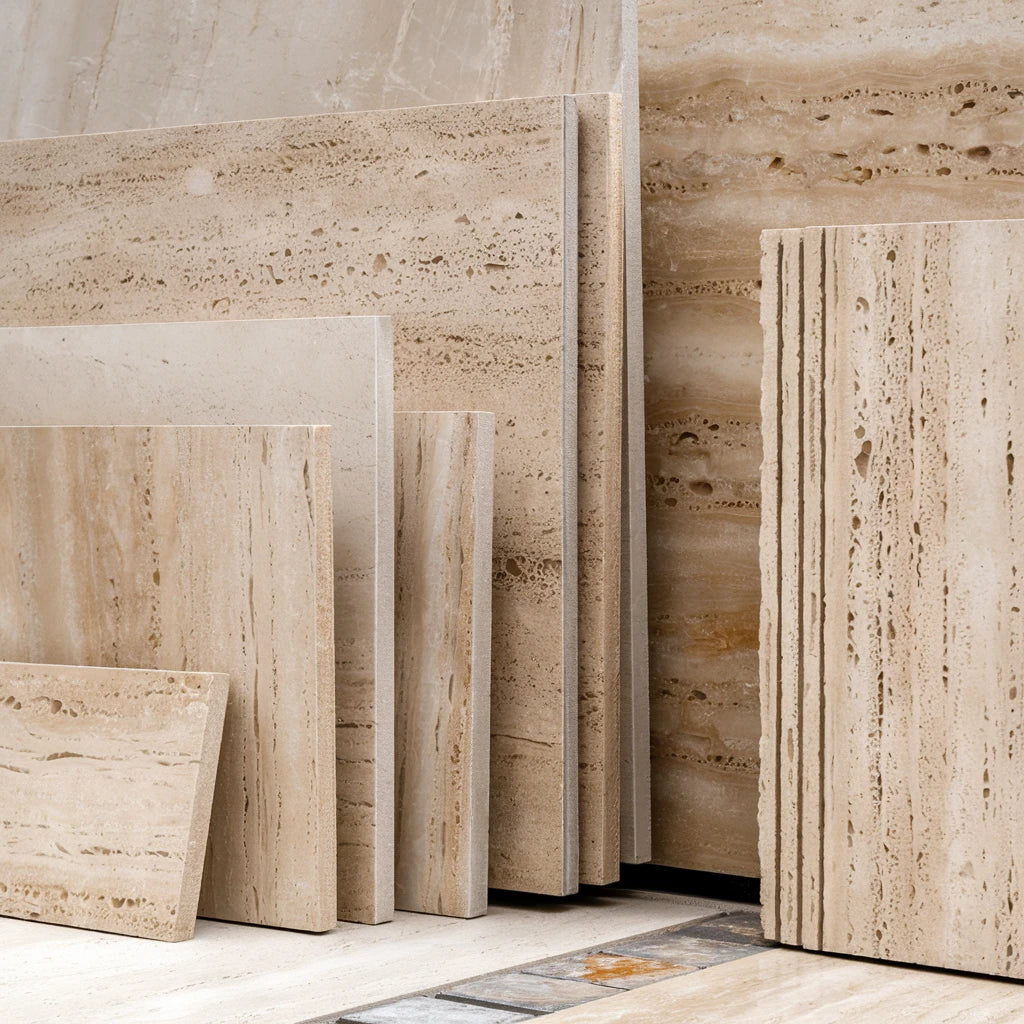 Best Selling Travertine Collections
Best Selling Travertine Collections
 Ivory Travertine
Ivory Travertine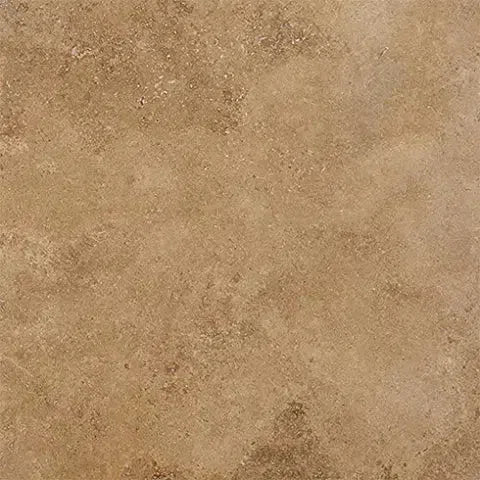 Noce Travertine
Noce Travertine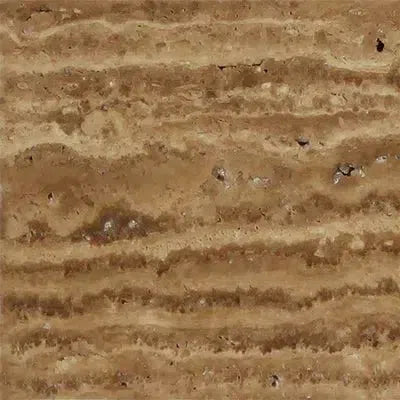 Exotic Noce Travertine
Exotic Noce Travertine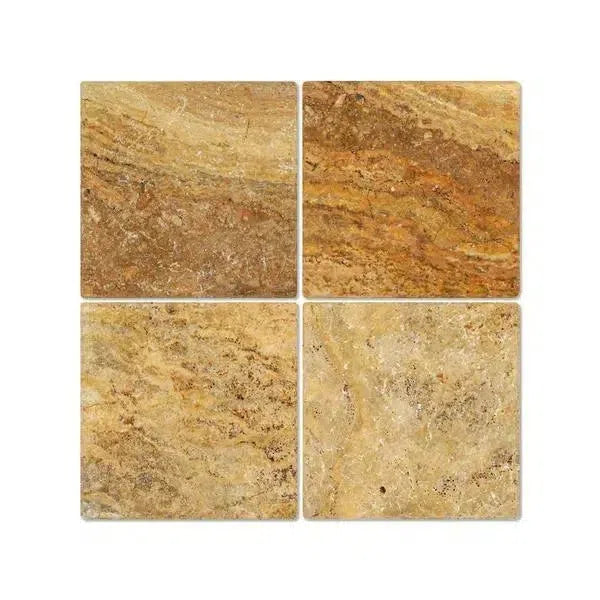 Scabos | Autumn Leaves Travertine
Scabos | Autumn Leaves Travertine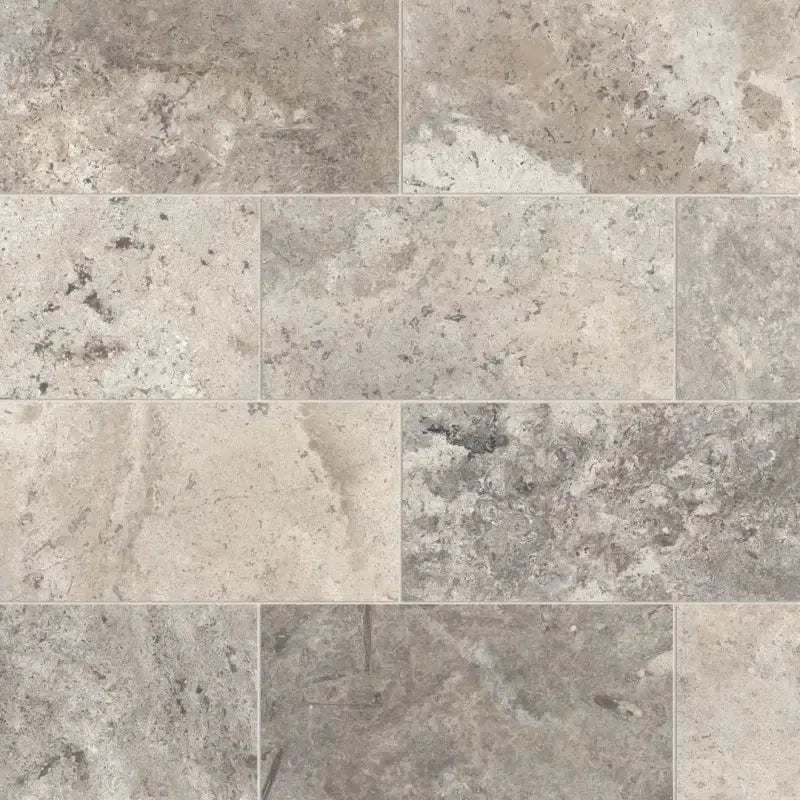 Silver Travertine
Silver Travertine Exotic Travertine
Exotic Travertine Checkerboard
Checkerboard
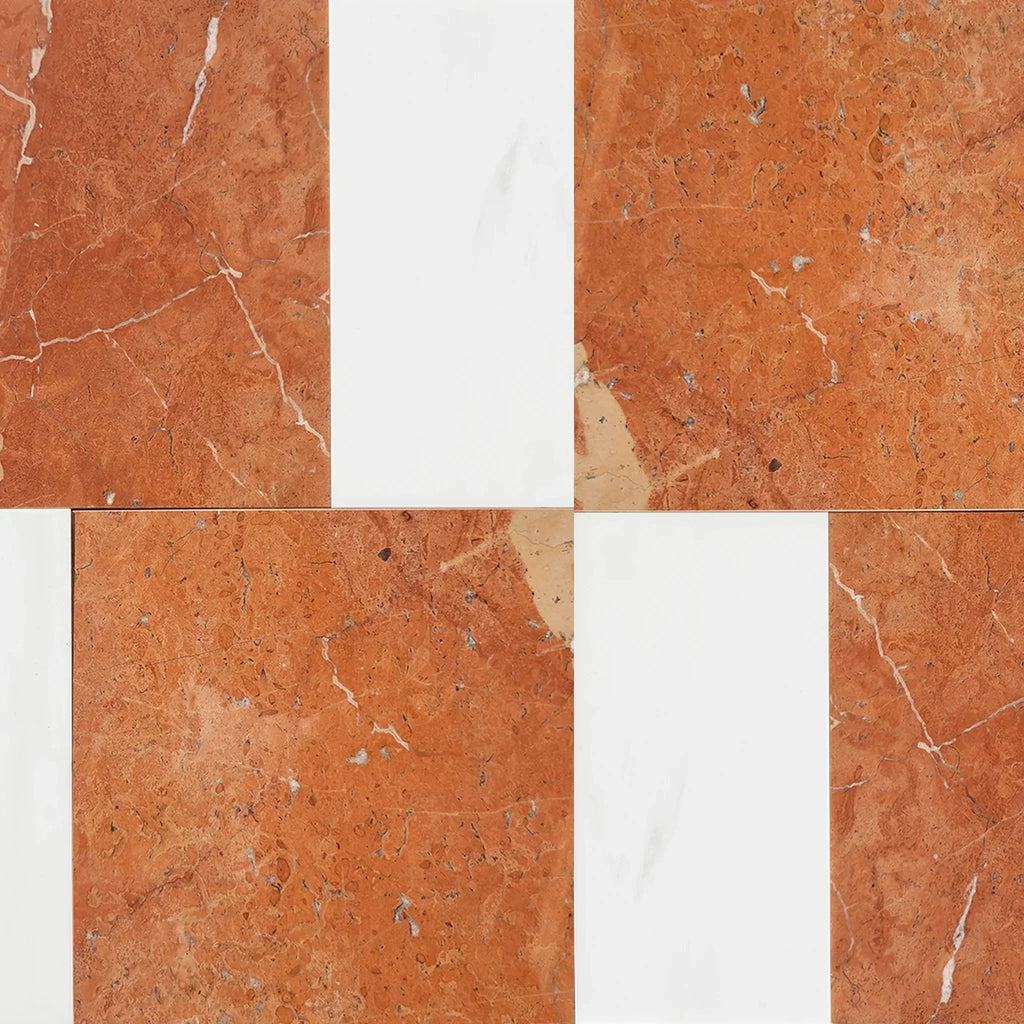 Patterned Tile
Patterned Tile
 Shop By Material
Shop By Material
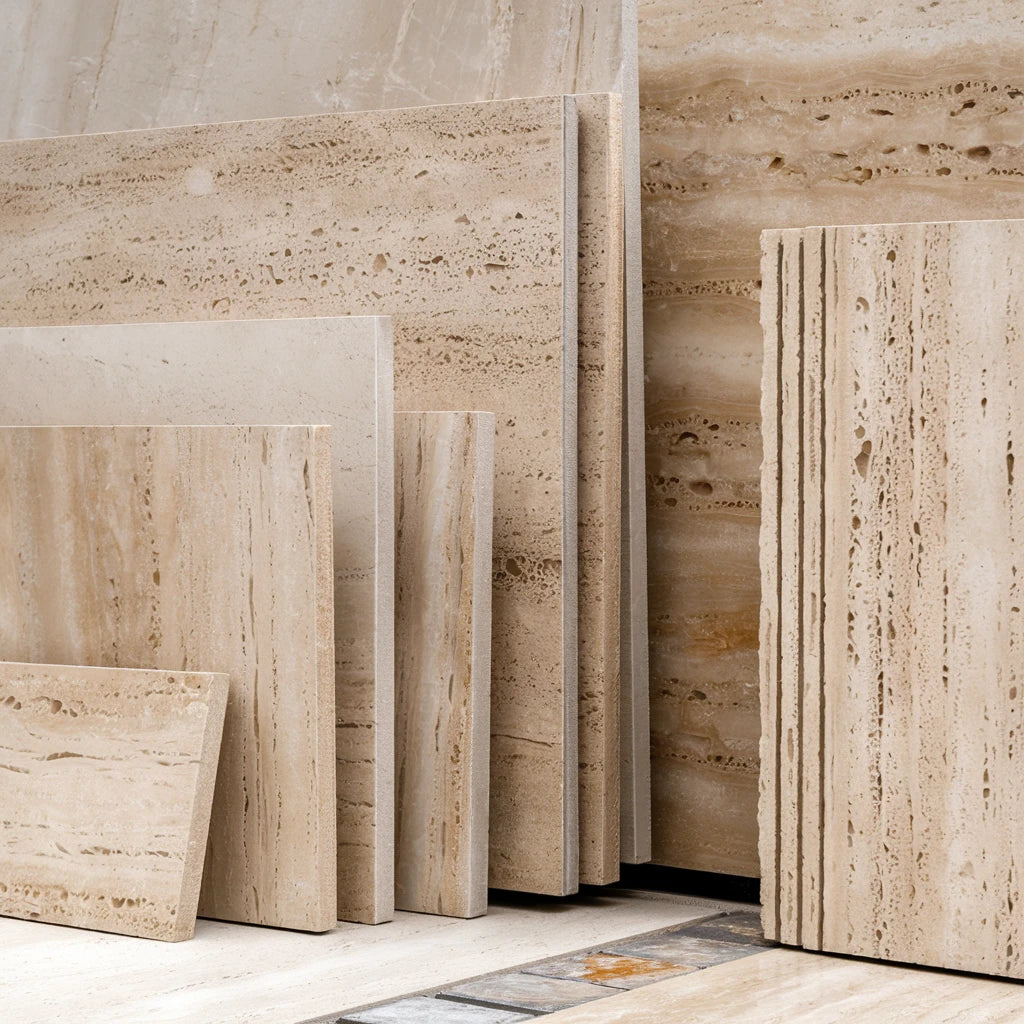 Travertine
Travertine Marble
Marble Limestone
Limestone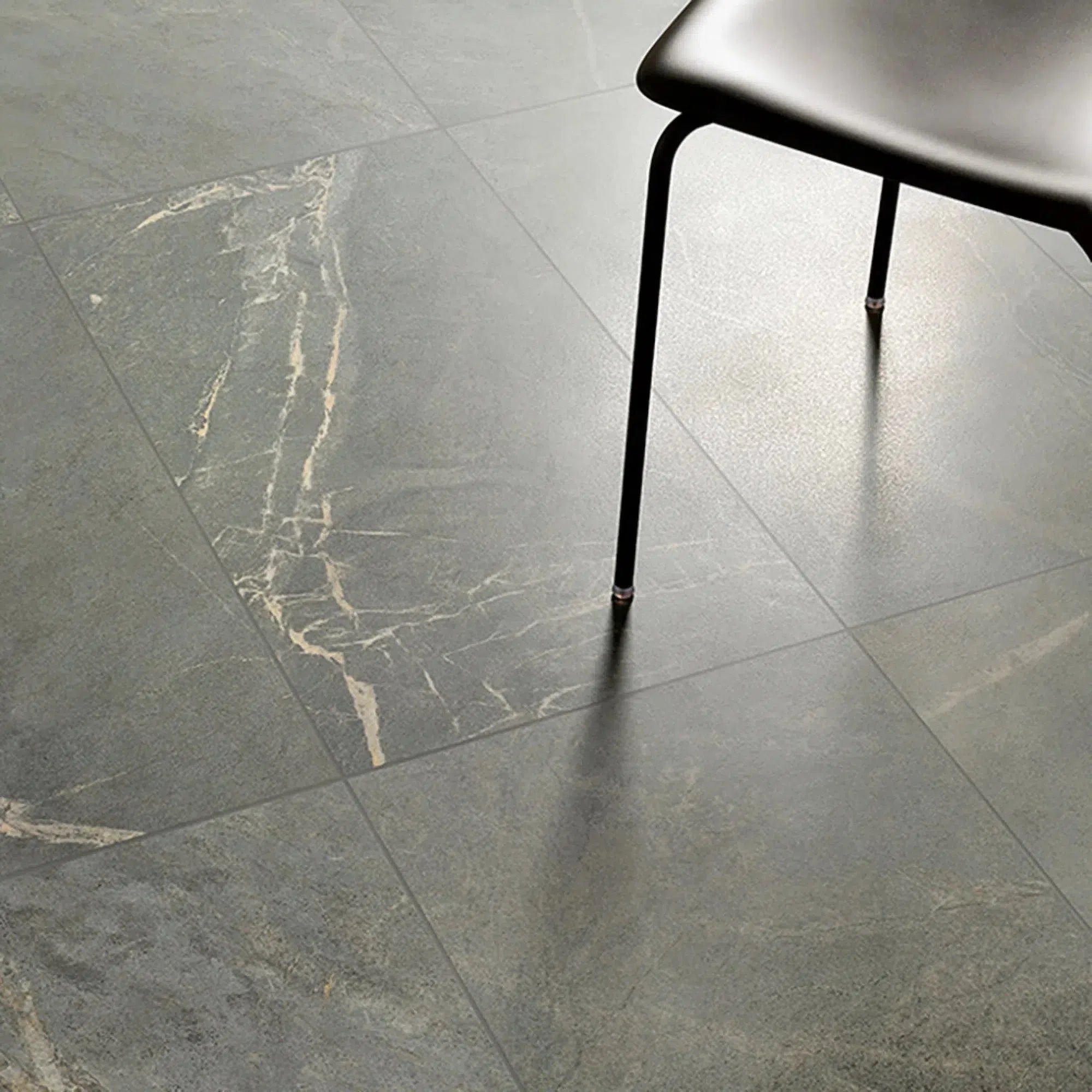 Soap Stone
Soap Stone Quartz
Quartz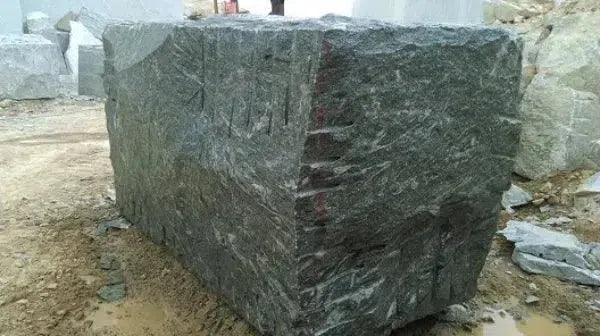 Granite
Granite Shop By Name
Shop By Name
 Absolute Black Granite
Absolute Black Granite Atlantic Gray Marble
Atlantic Gray Marble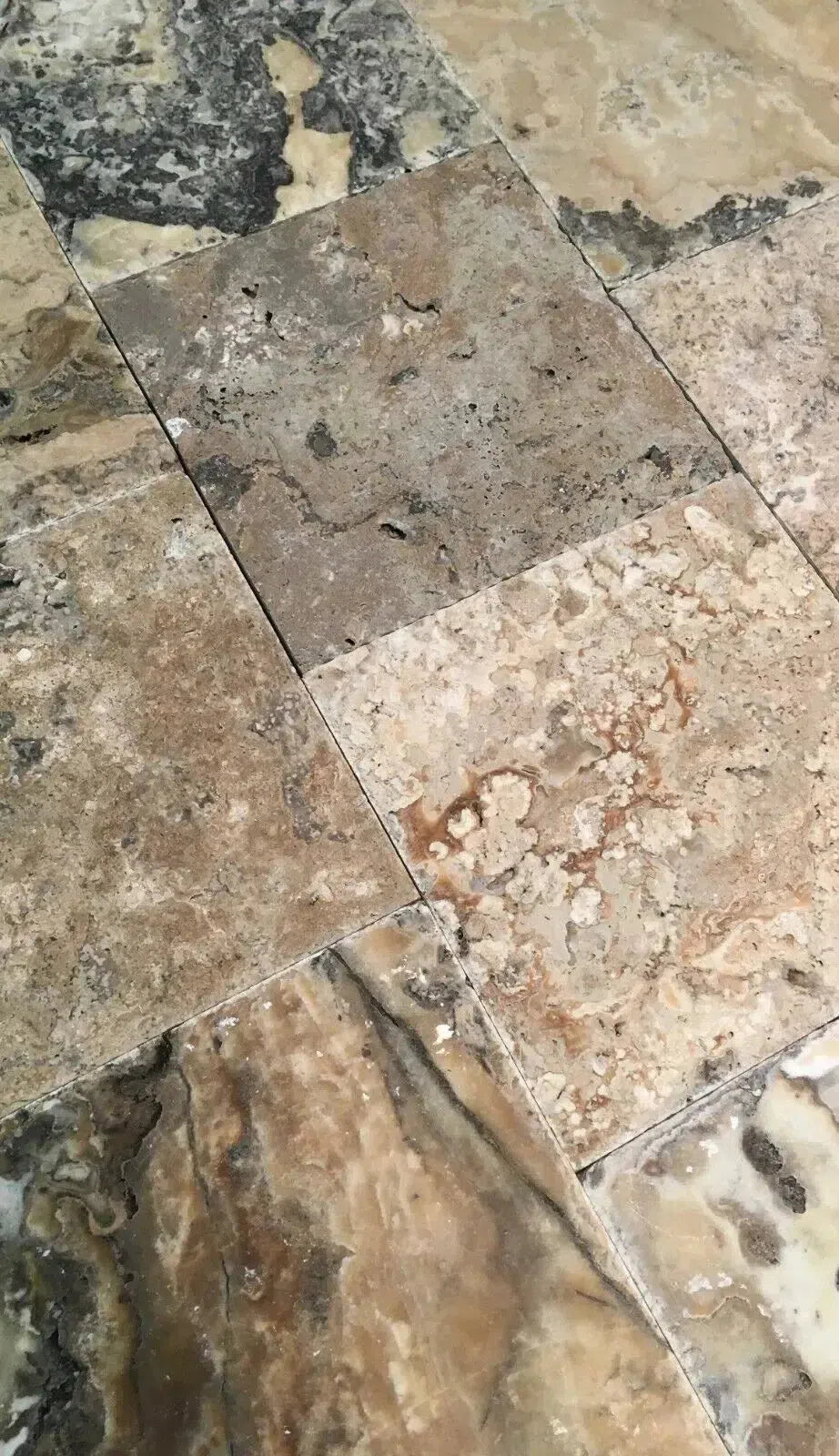 Antico Onyx Travertine
Antico Onyx Travertine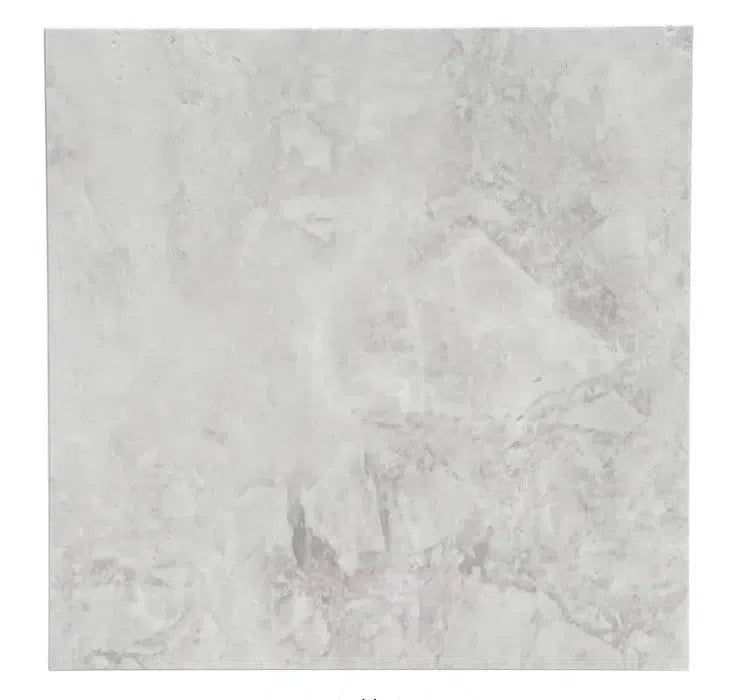 Bianco Congelato Dolomite
Bianco Congelato Dolomite Bianco Venatino (Bianco Mare) Marble
Bianco Venatino (Bianco Mare) Marble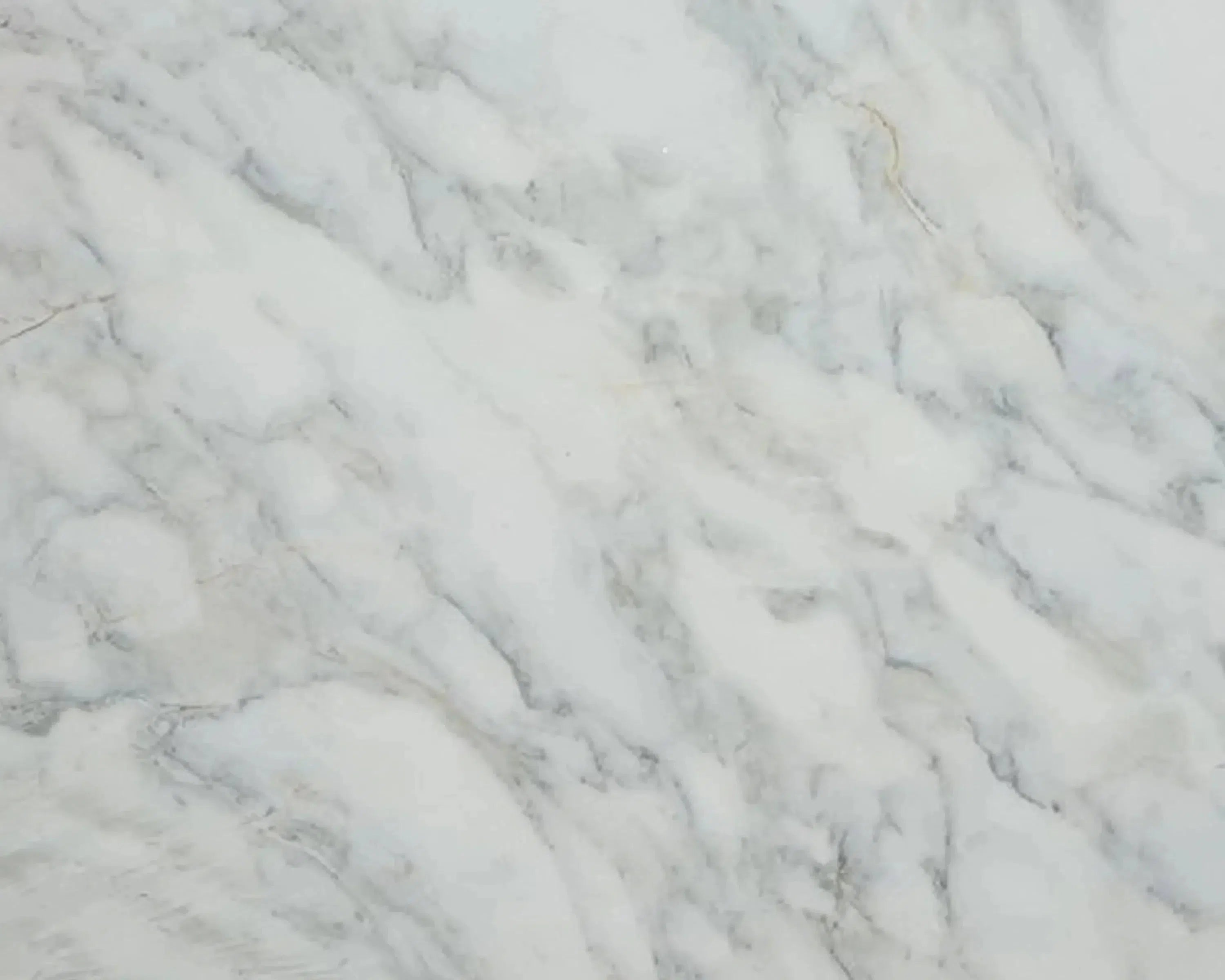 Calacatta Oliva Marble
Calacatta Oliva Marble Cappuccino Marble
Cappuccino Marble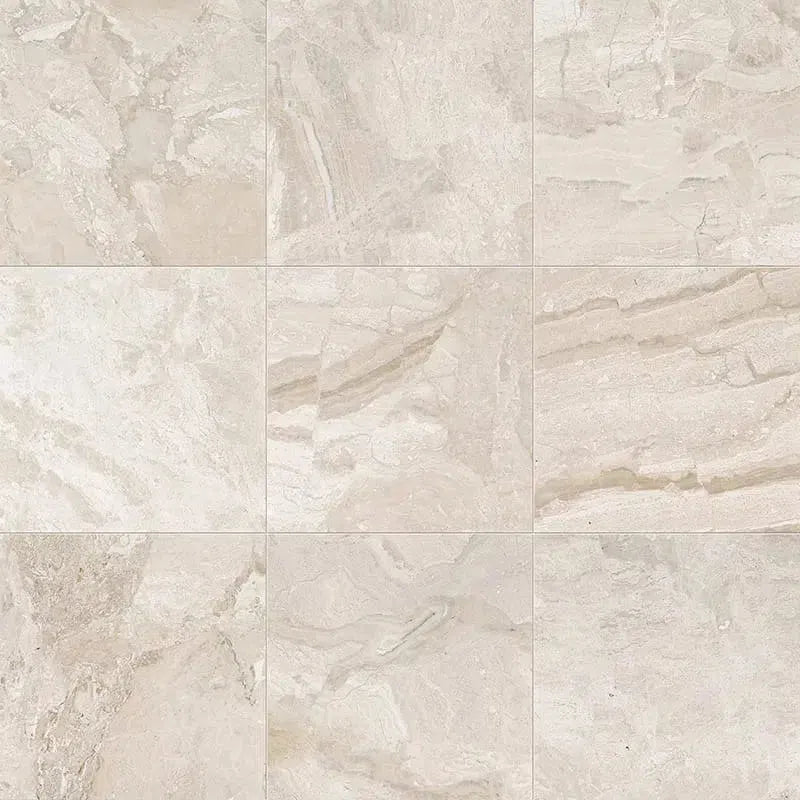 Diano Royal (Queen Beige) Marble
Diano Royal (Queen Beige) Marble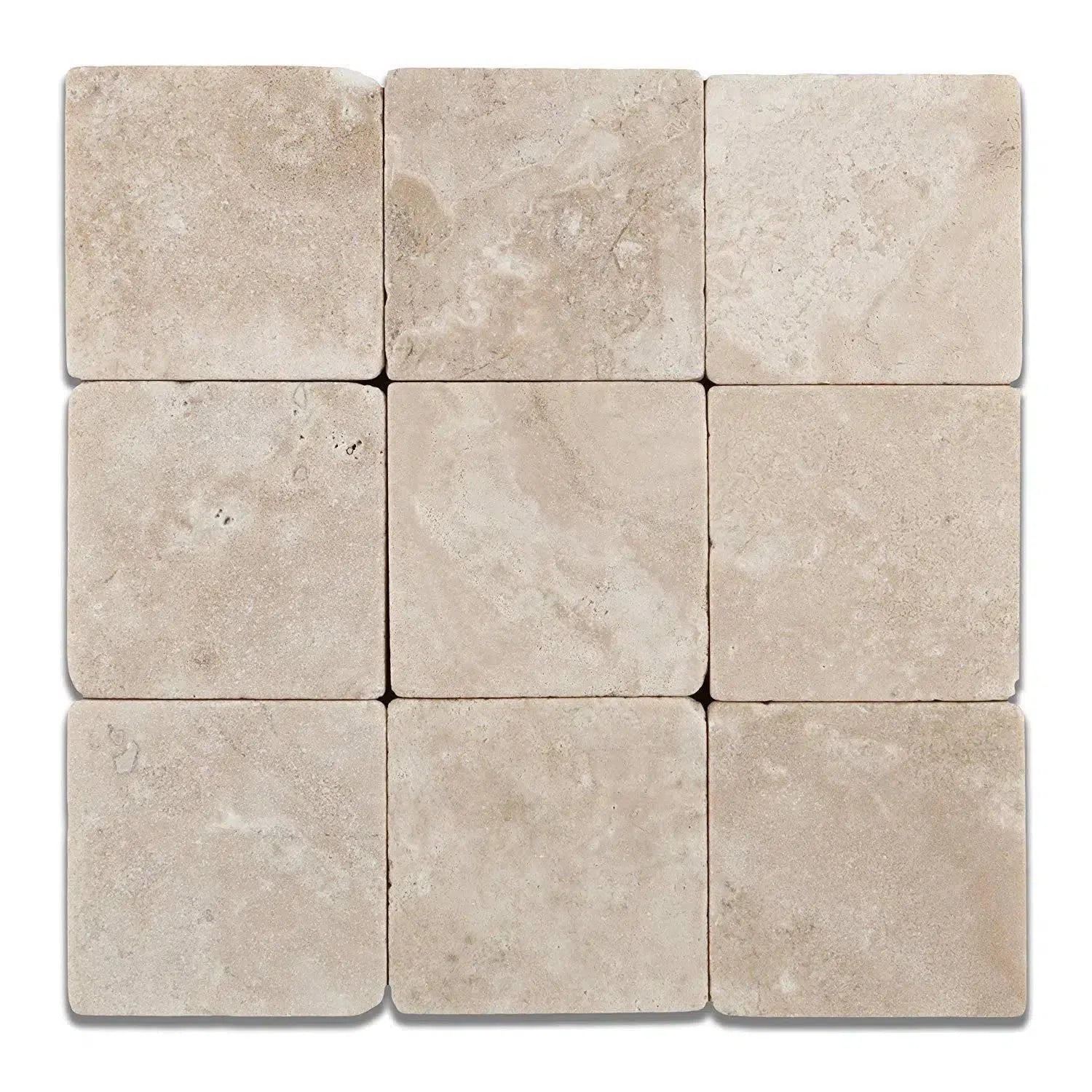 Durango Cream Traverine
Durango Cream Traverine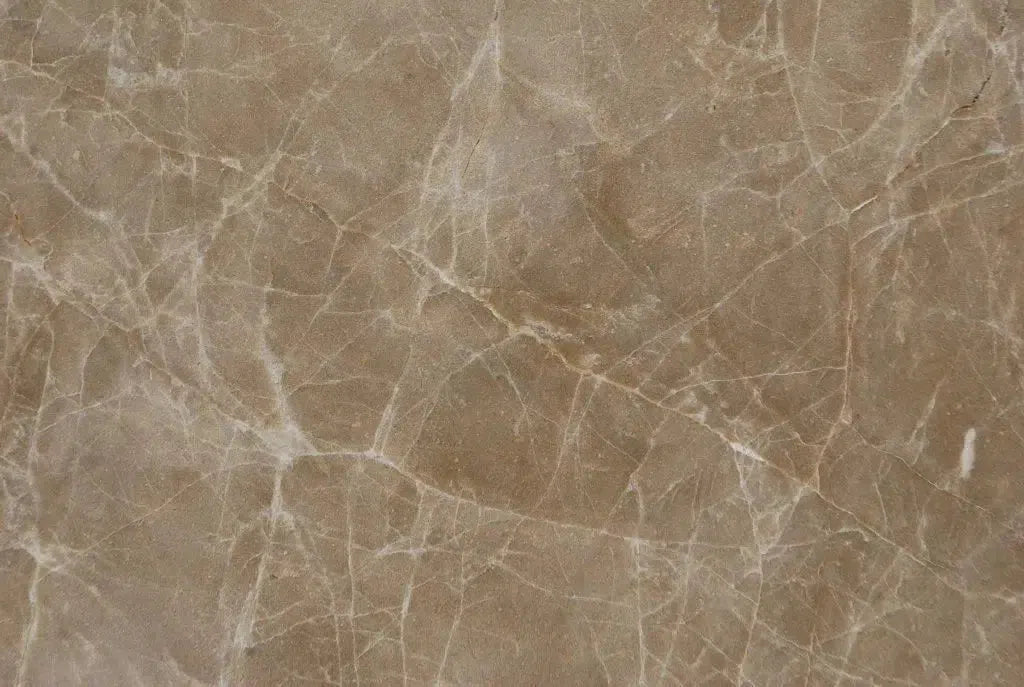 Emperador Light Marble
Emperador Light Marble Empress Green Marble
Empress Green Marble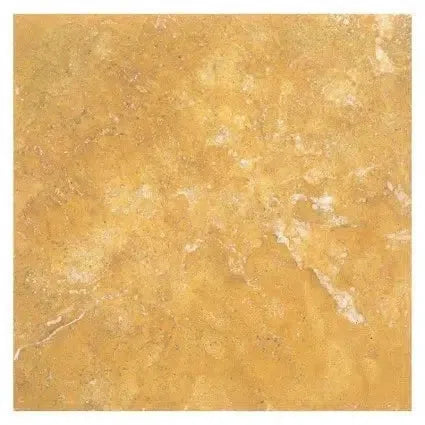 Gold/Yellow Travertine
Gold/Yellow Travertine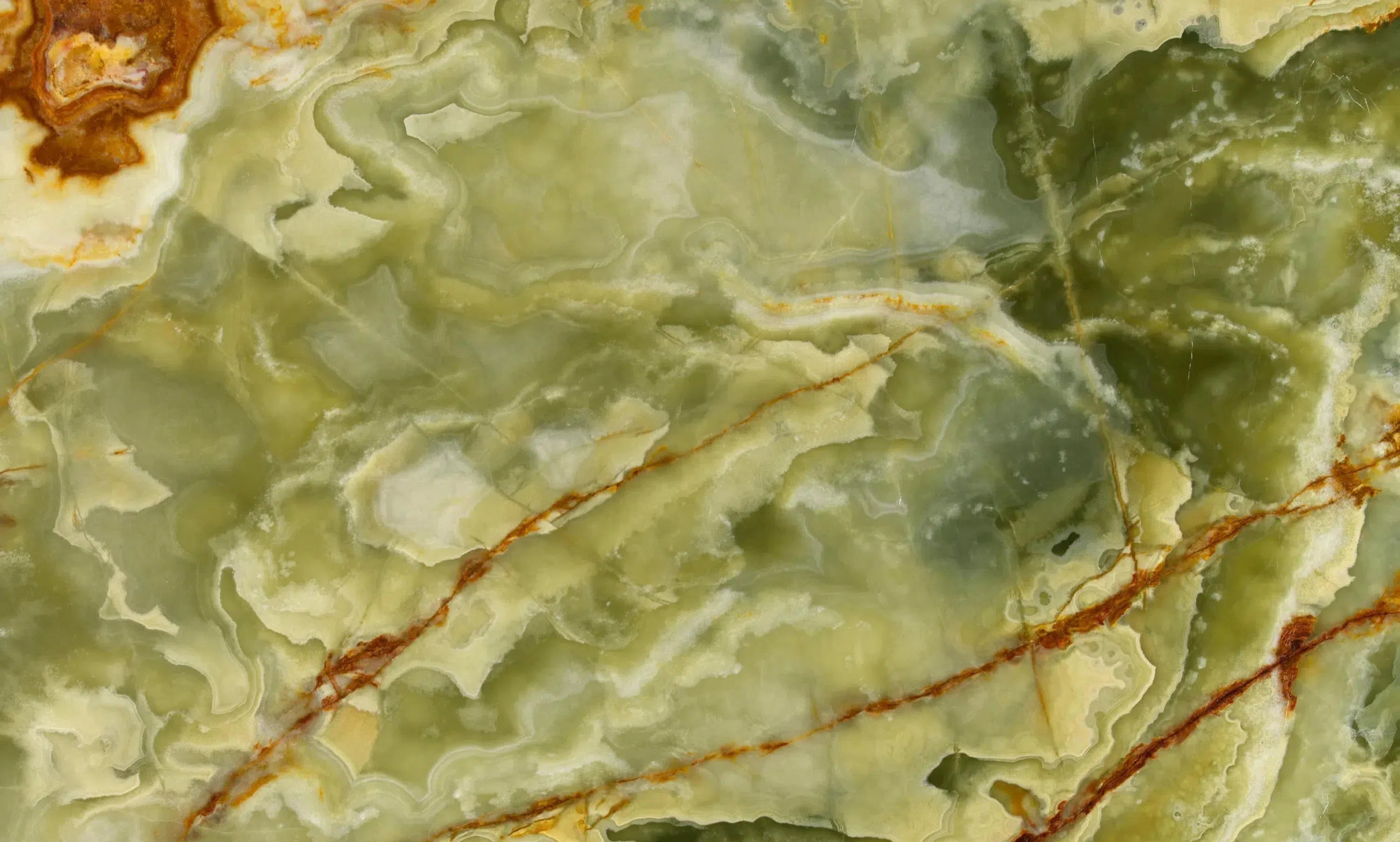 Green Onyx Marble
Green Onyx Marble Haisa Light (White Wood) Limestone
Haisa Light (White Wood) Limestone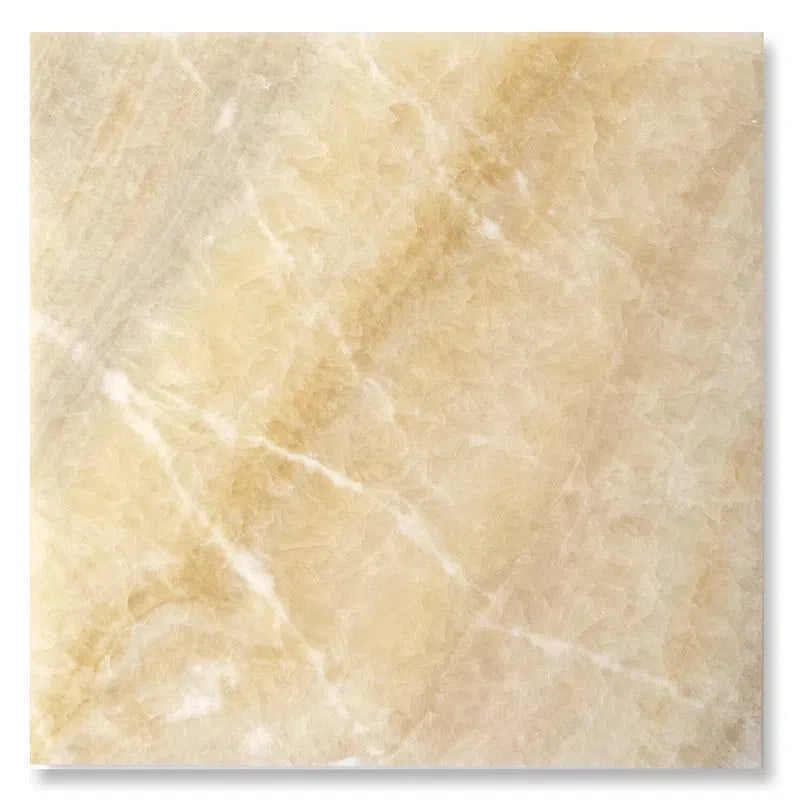 Honey Onyx Marble
Honey Onyx Marble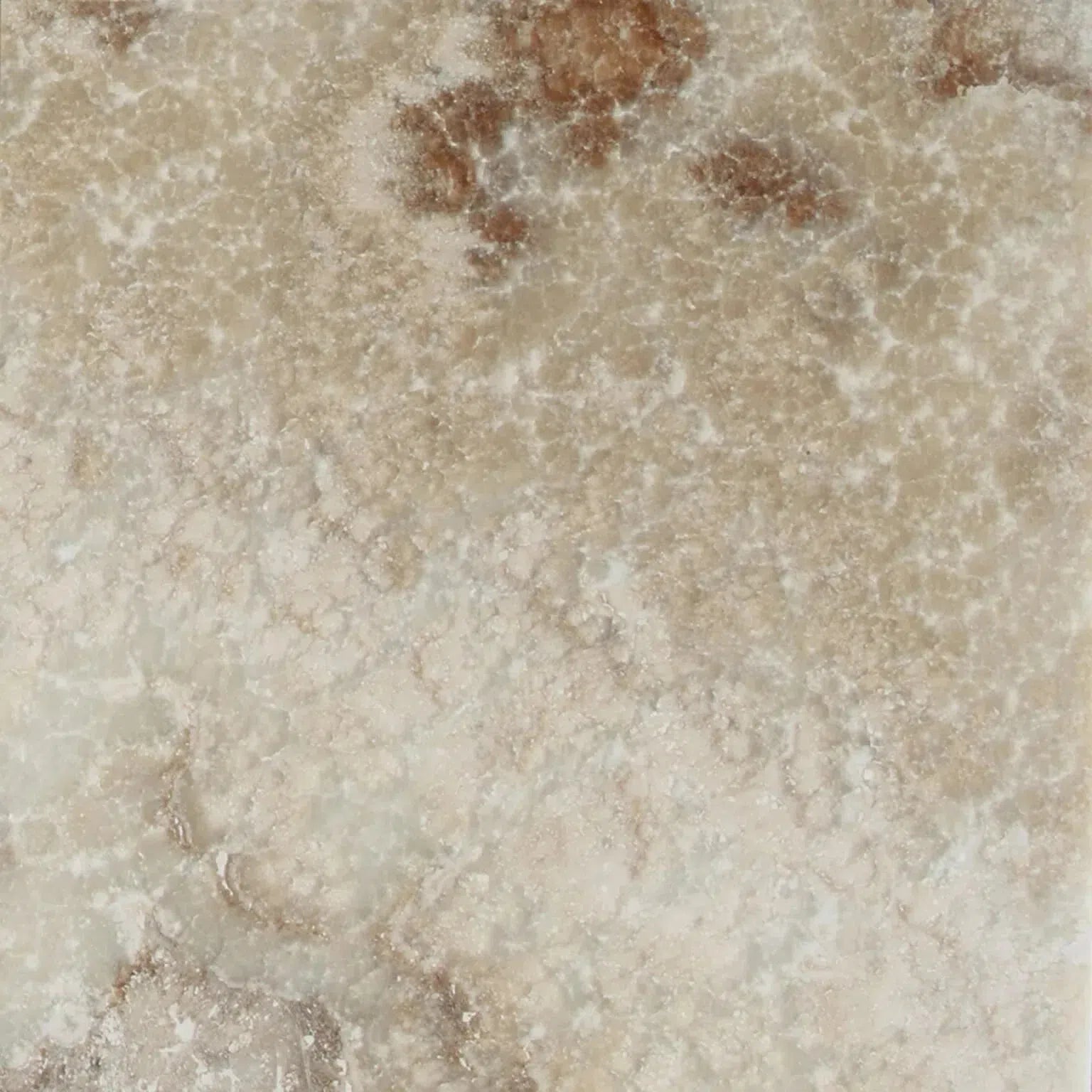 La Travonya Travertine
La Travonya Travertine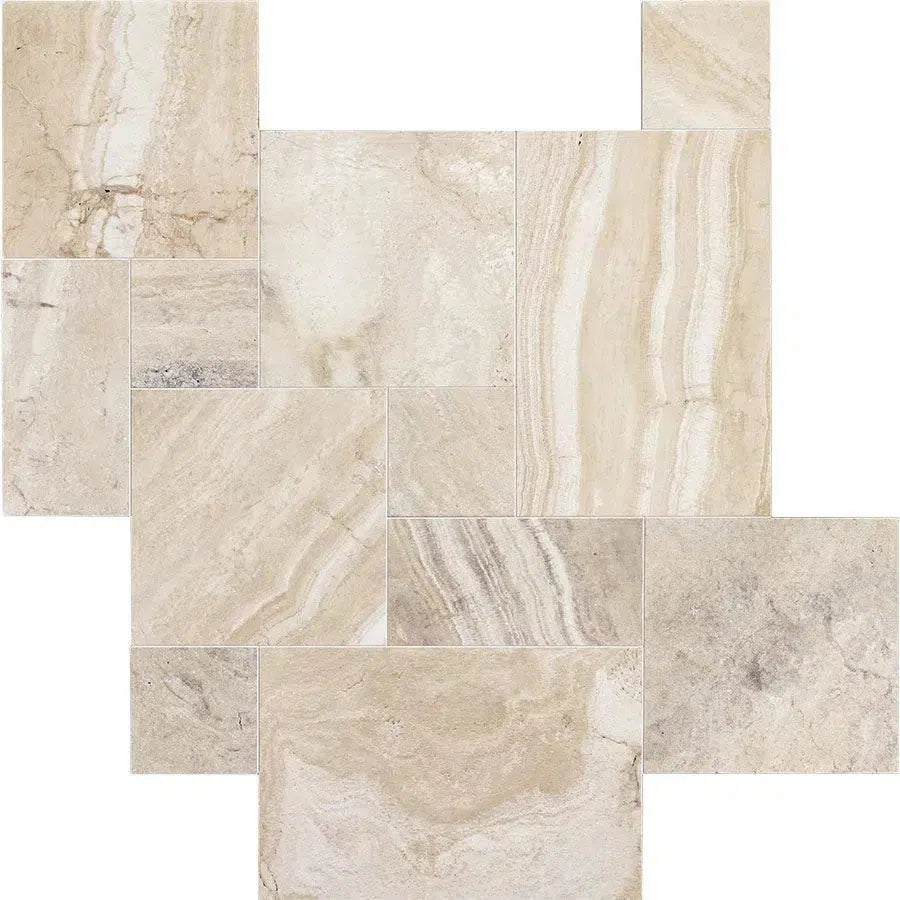 Malibu Travertine
Malibu Travertine Mink (Equator) Marble
Mink (Equator) Marble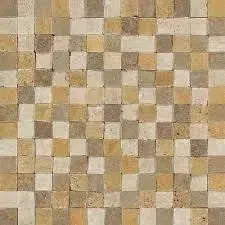 Mixed (Ivory-Noce-Gold) Travertine
Mixed (Ivory-Noce-Gold) Travertine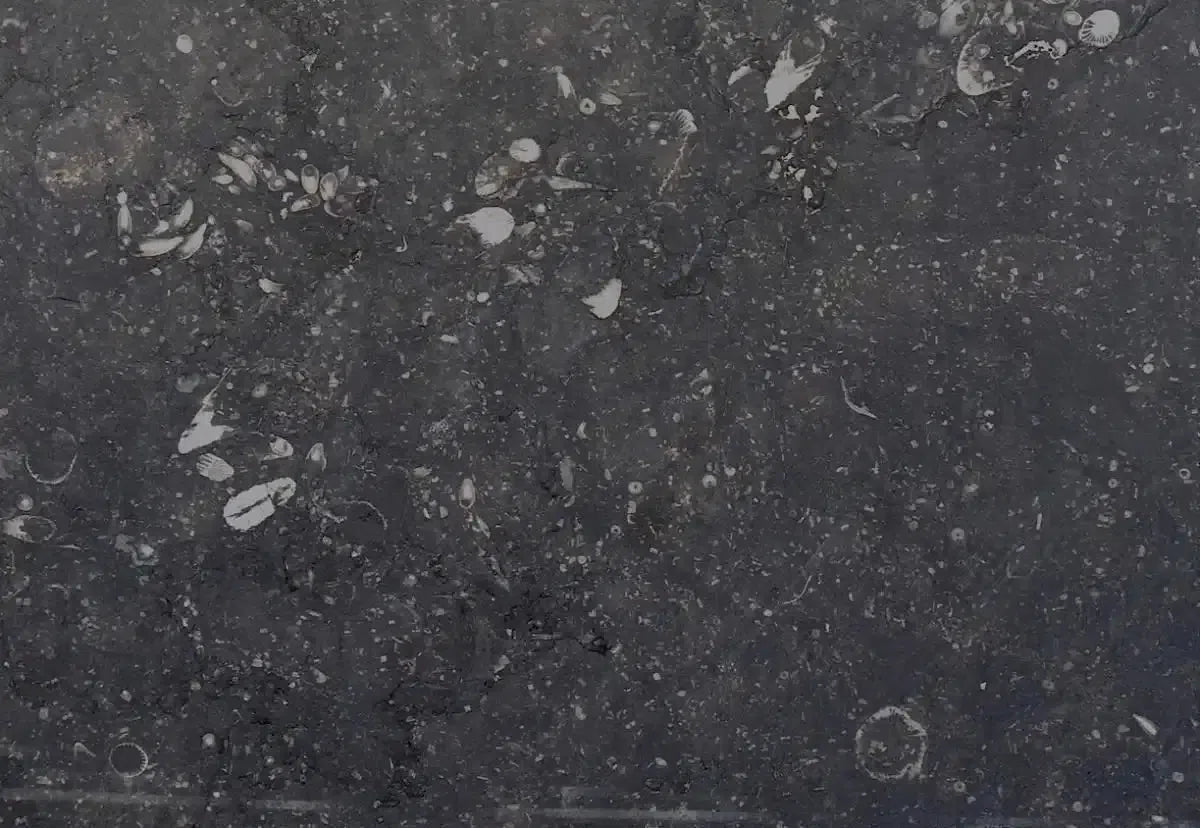 Pierre Bleue (Pierre Blue) Marble
Pierre Bleue (Pierre Blue) Marble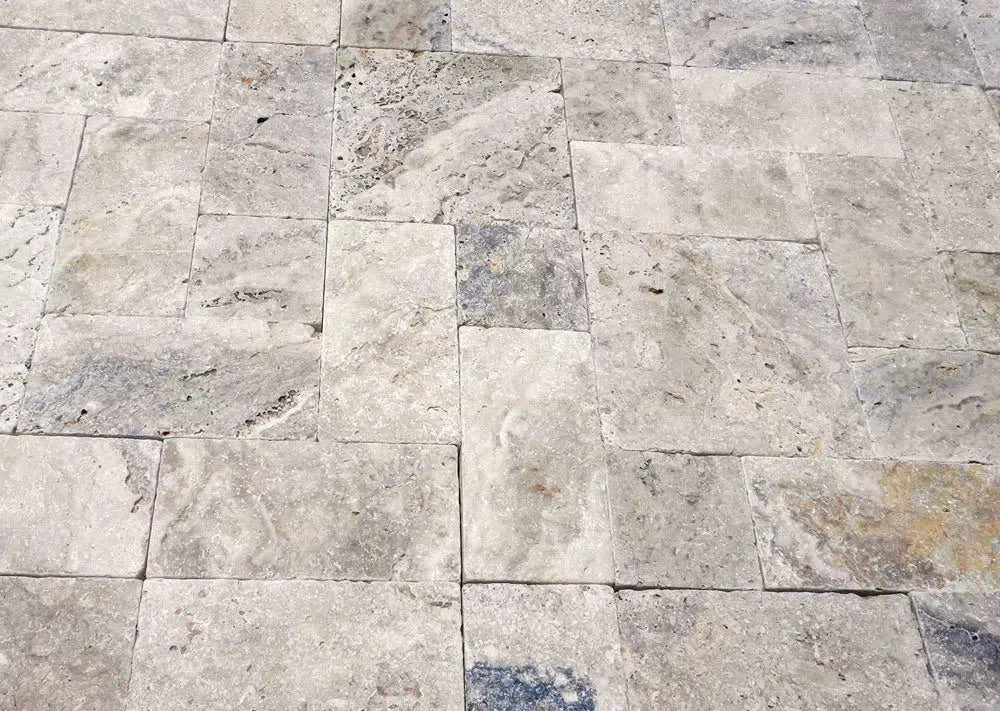 Philadelphia Travertine
Philadelphia Travertine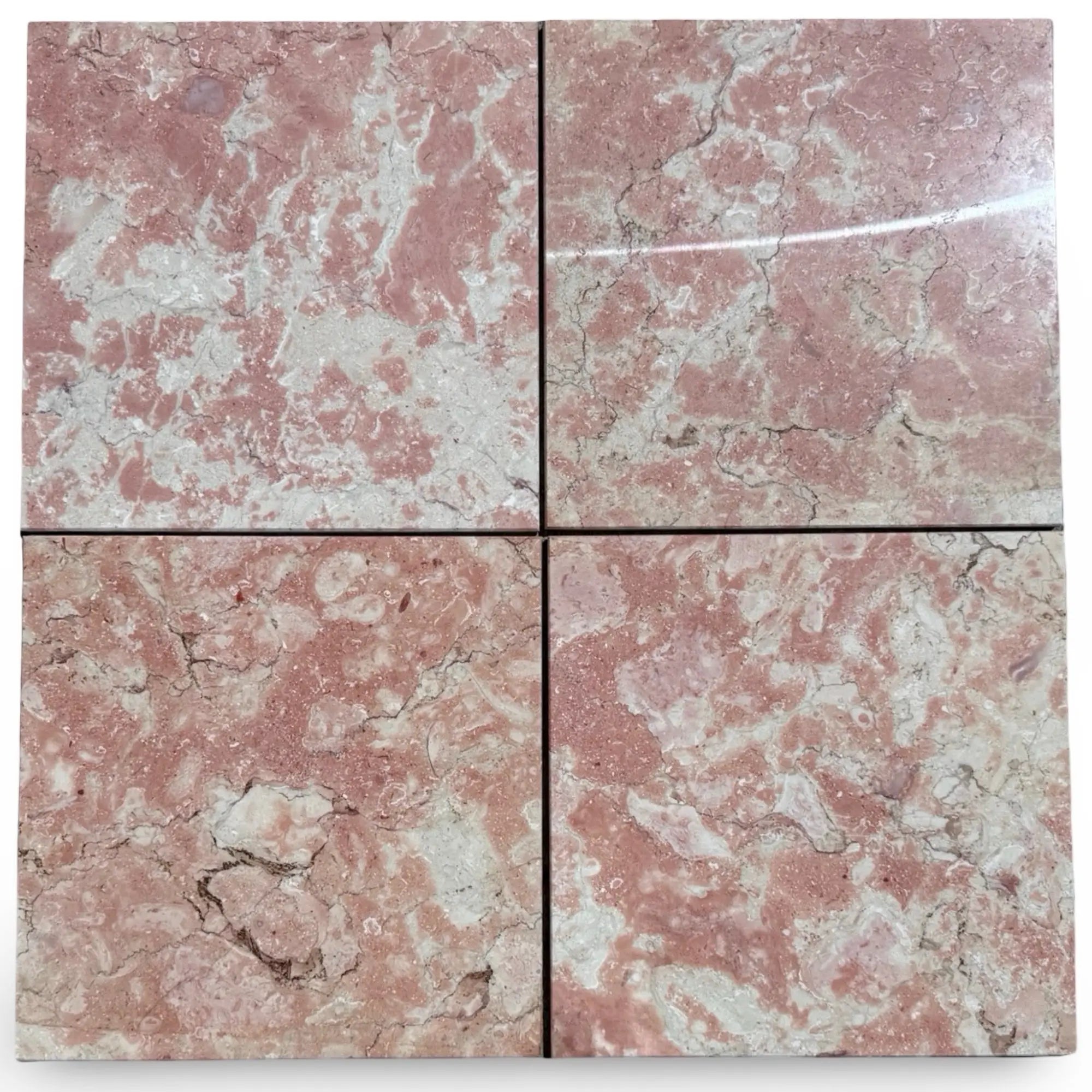 Rosé Aurora Marble
Rosé Aurora Marble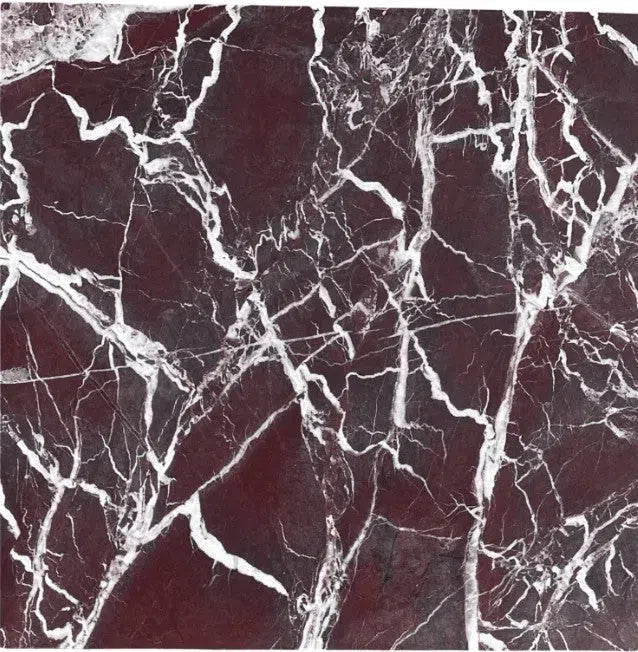 Rosso Levanto Marble
Rosso Levanto Marble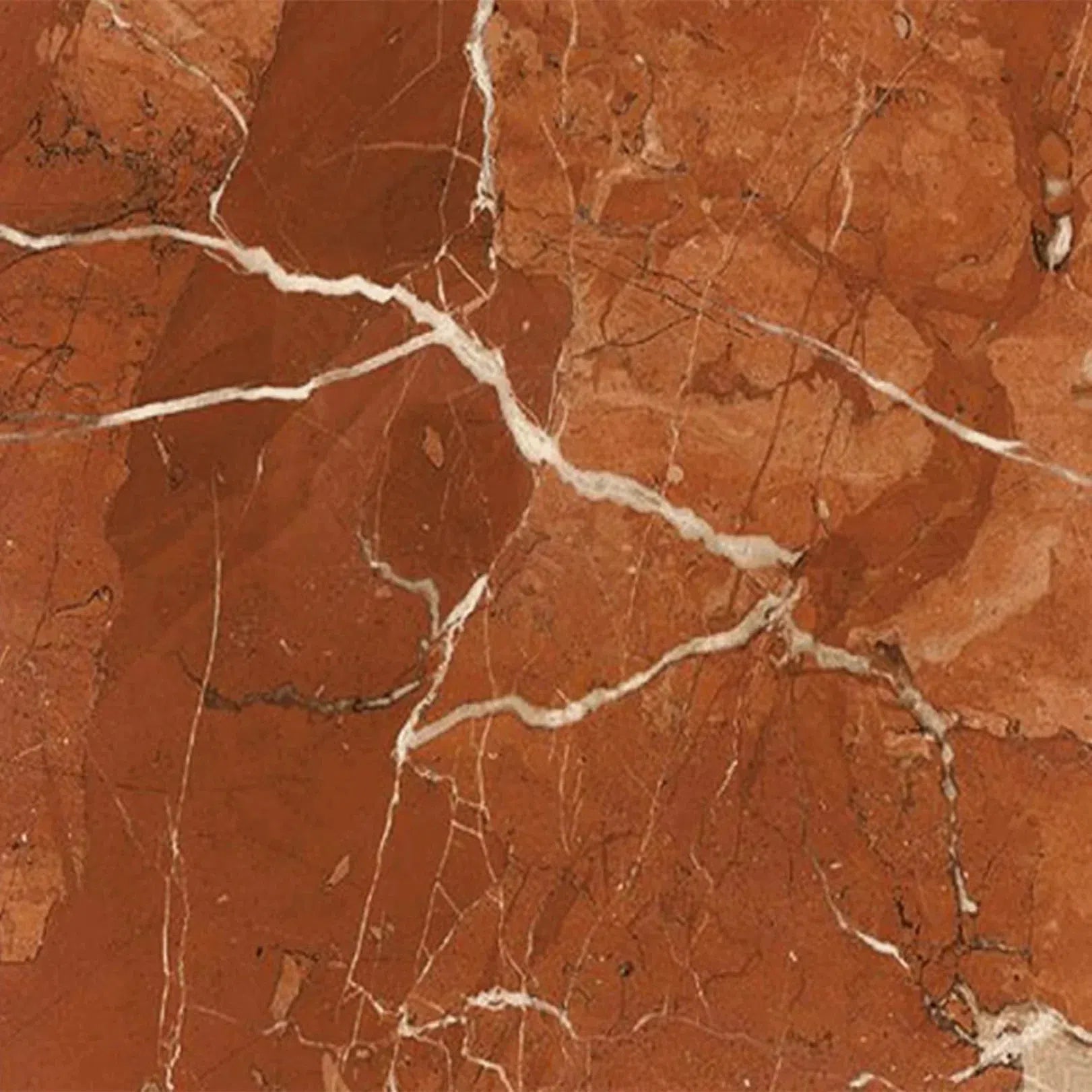 Rojo Alicante Marble
Rojo Alicante Marble Sky Blue | Azul Cielo Marble
Sky Blue | Azul Cielo Marble Snow White (Afyon White) Marble
Snow White (Afyon White) Marble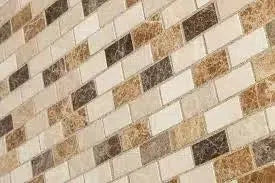 Spanish Mix Marble
Spanish Mix Marble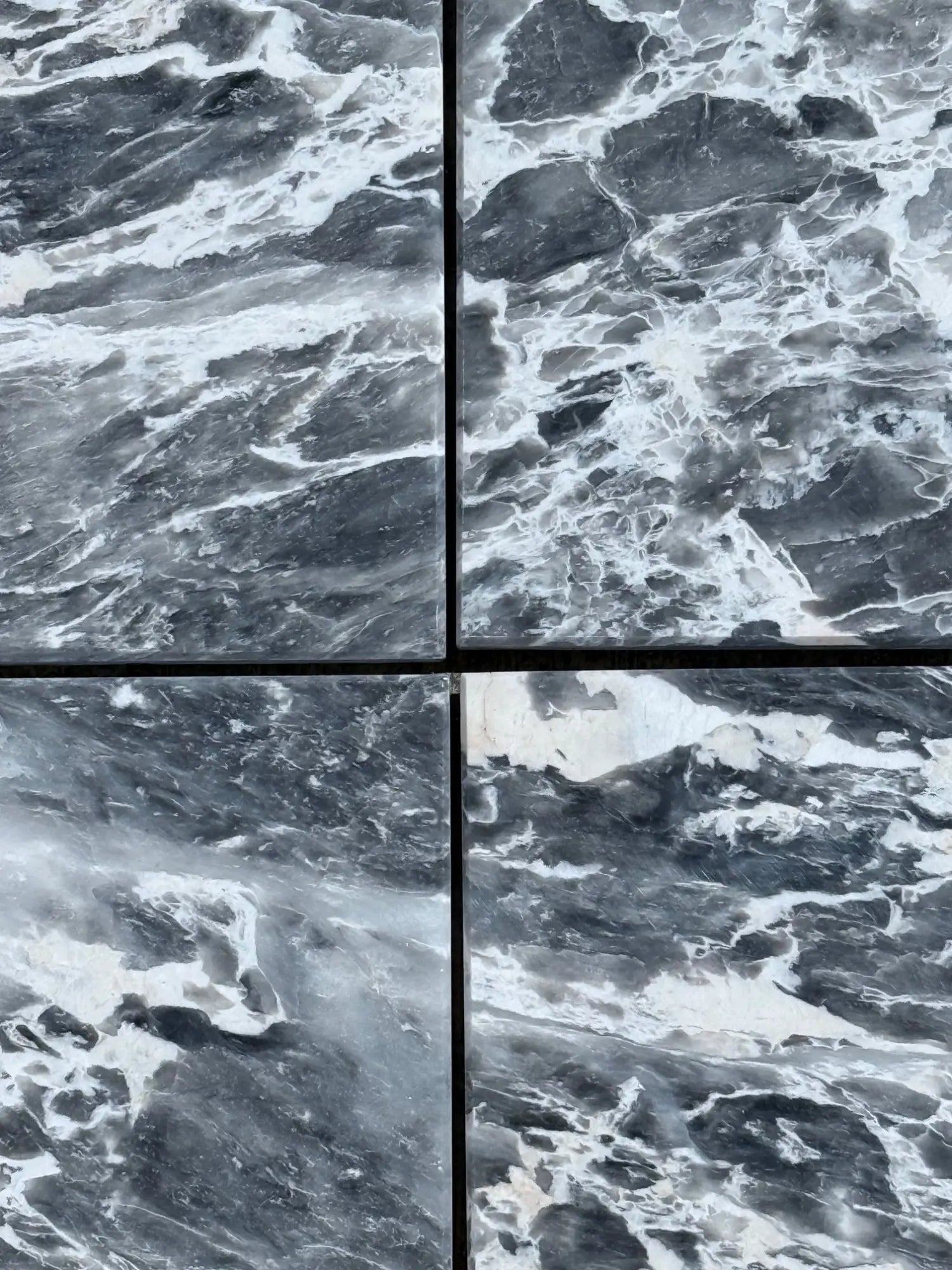 Storm Gray Marble
Storm Gray Marble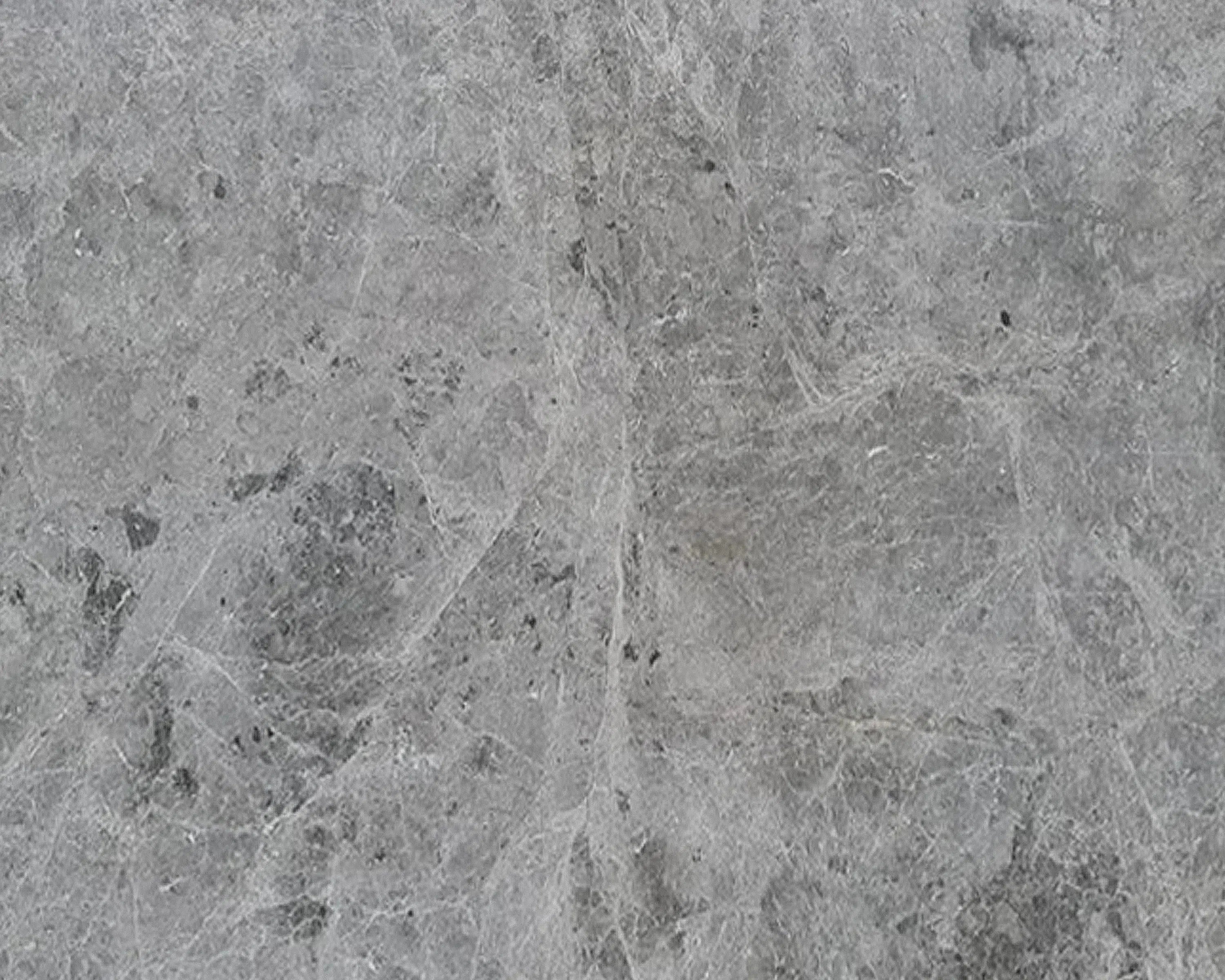 Tundra Gray (Atlantic Gray) Marble
Tundra Gray (Atlantic Gray) Marble Valencia Travertine
Valencia Travertine Valerenga Travertine
Valerenga Travertine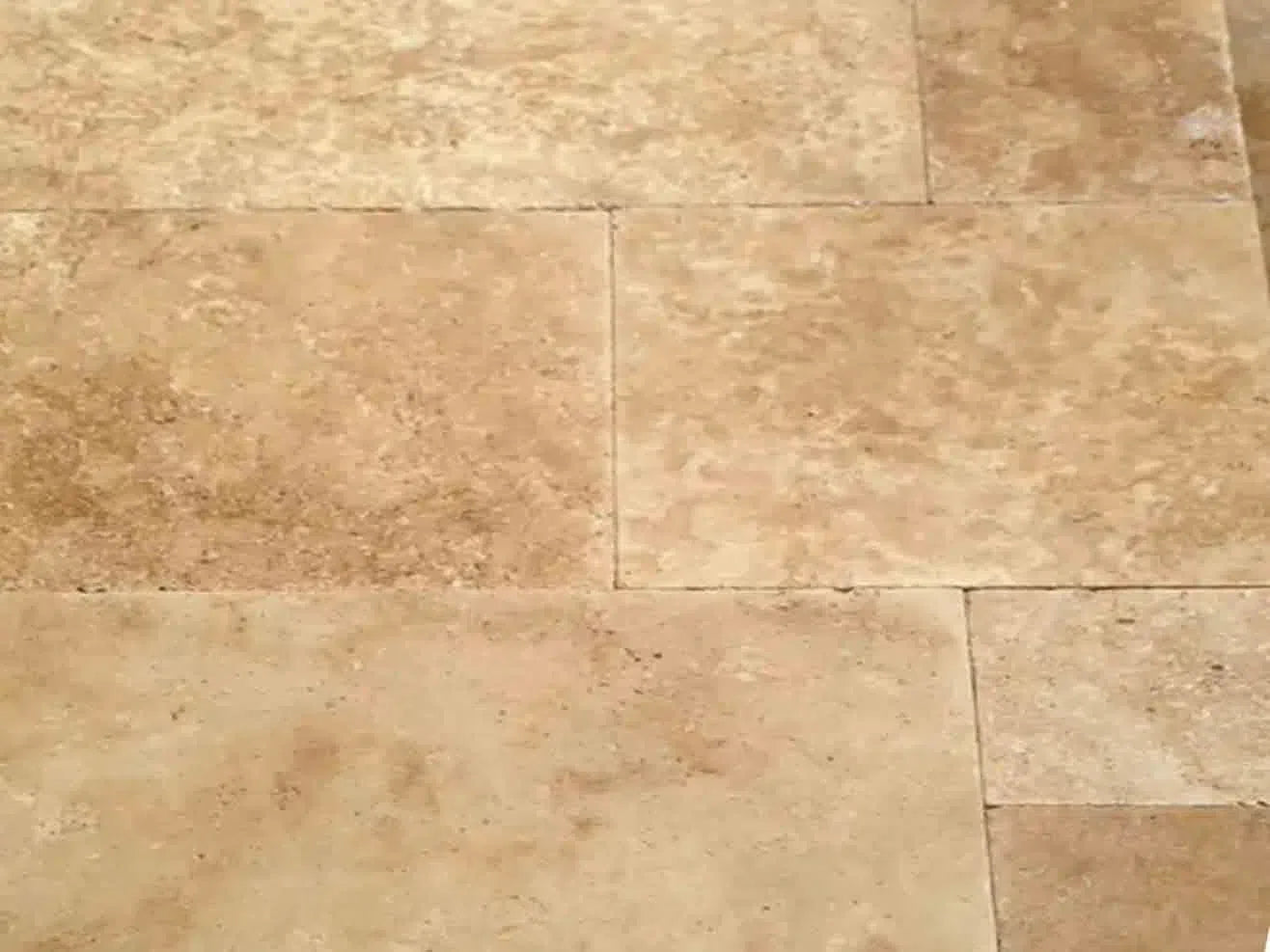 Walnut Travertine
Walnut Travertine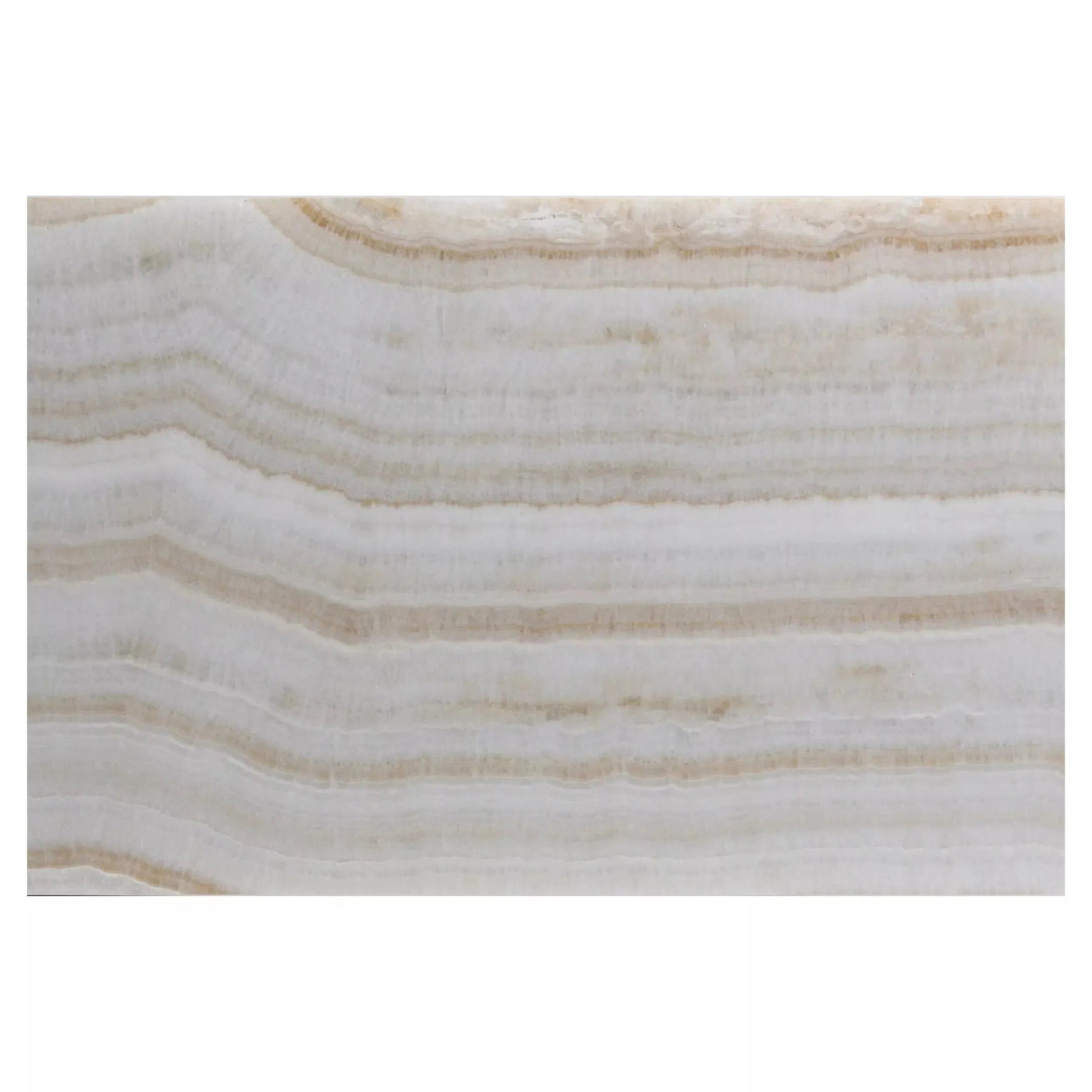 White Onyx Marble
White Onyx Marble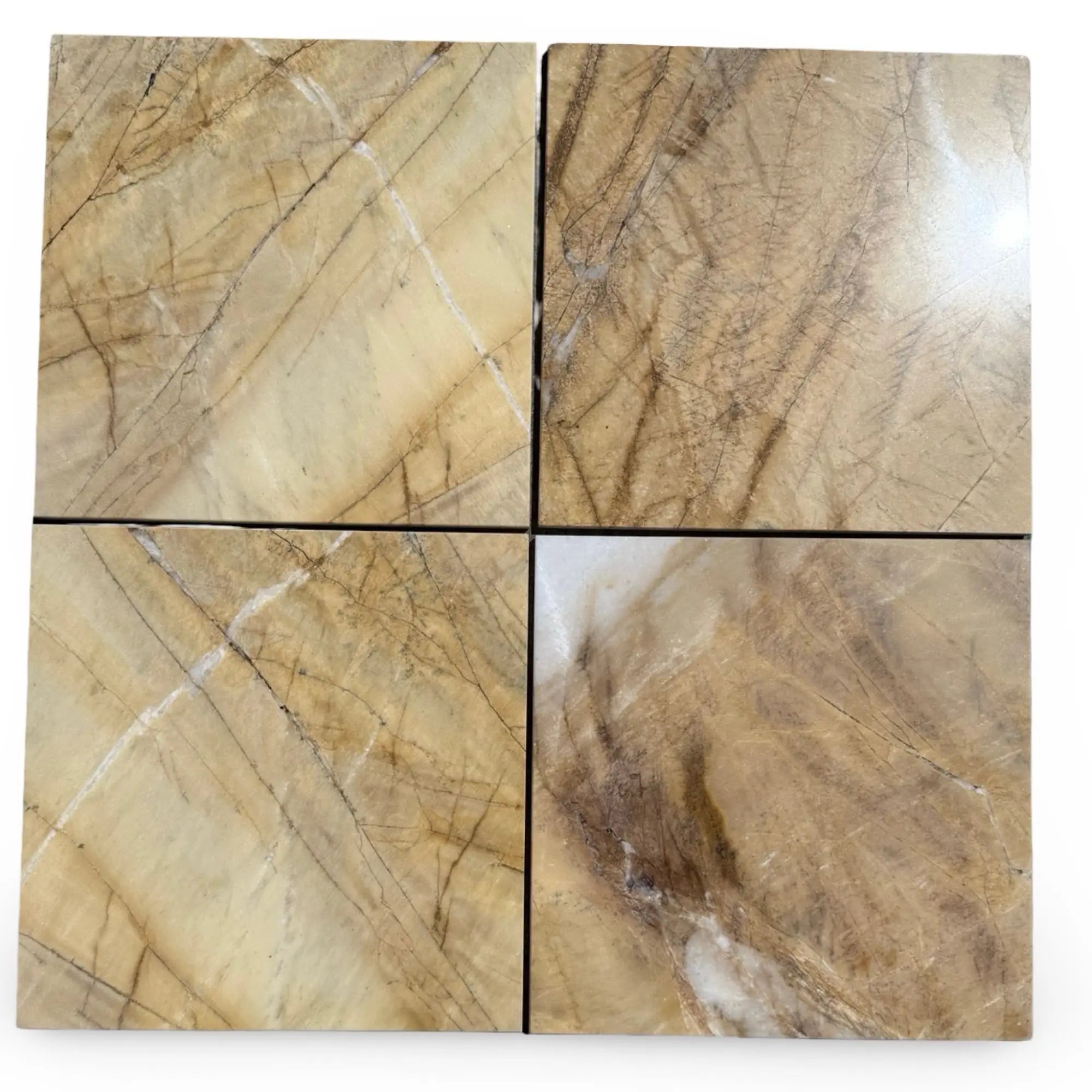 Golden Horizon Marble
Golden Horizon Marble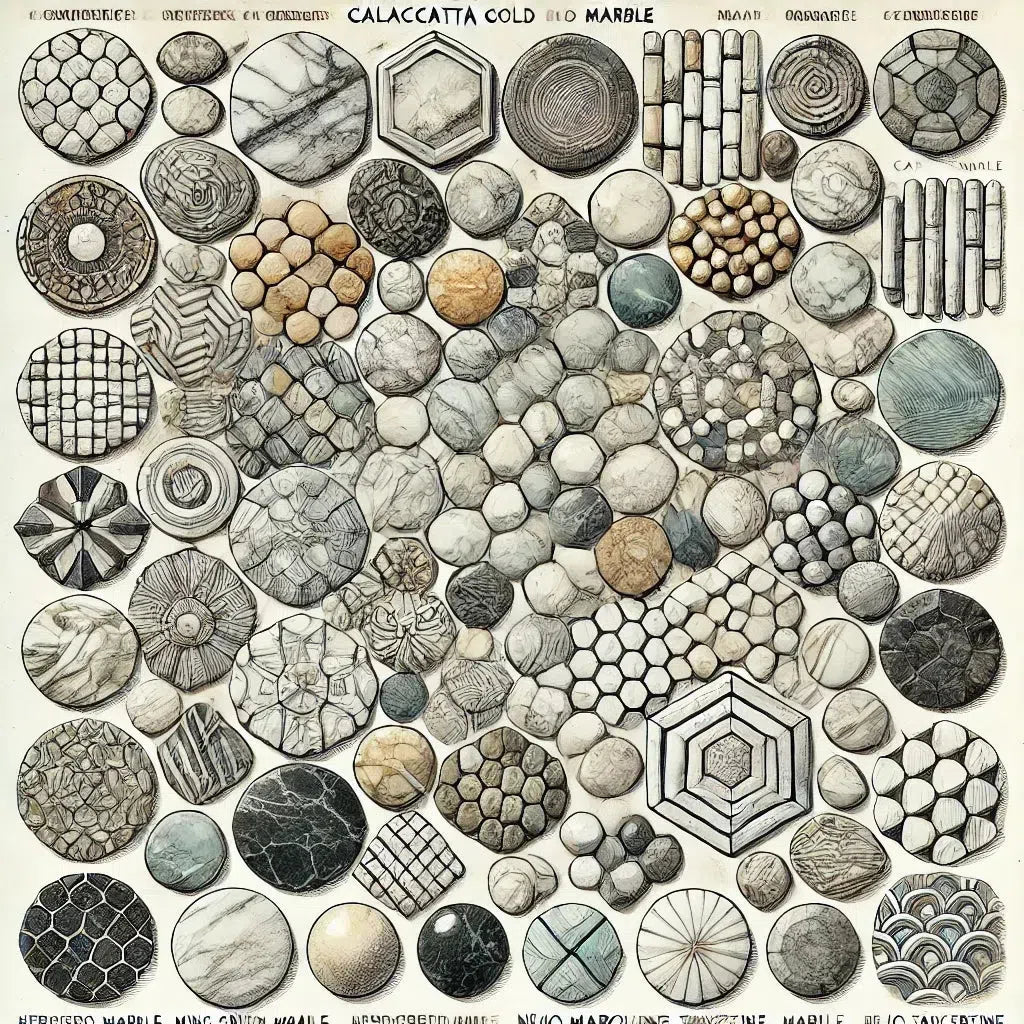 Shop By Type
Shop By Type
 Marble Tiles
Marble Tiles Marble Mosaic
Marble Mosaic Travertine Tiles
Travertine Tiles Travertine Mosaic
Travertine Mosaic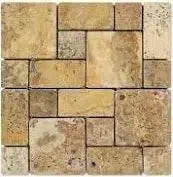 4 pcs Versailles Pattern / French Pattern Set
4 pcs Versailles Pattern / French Pattern Set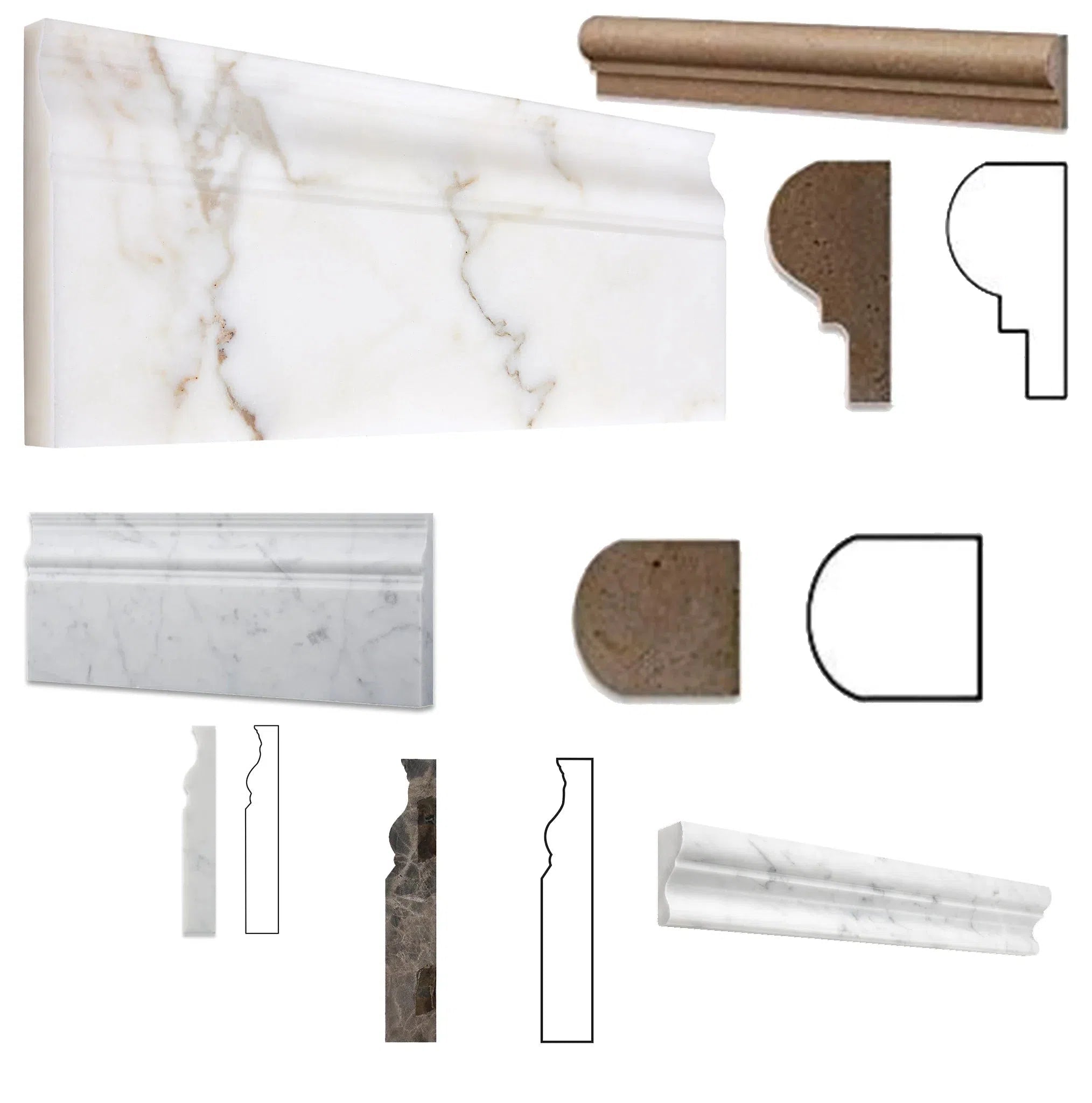 Molding/Trim
Molding/Trim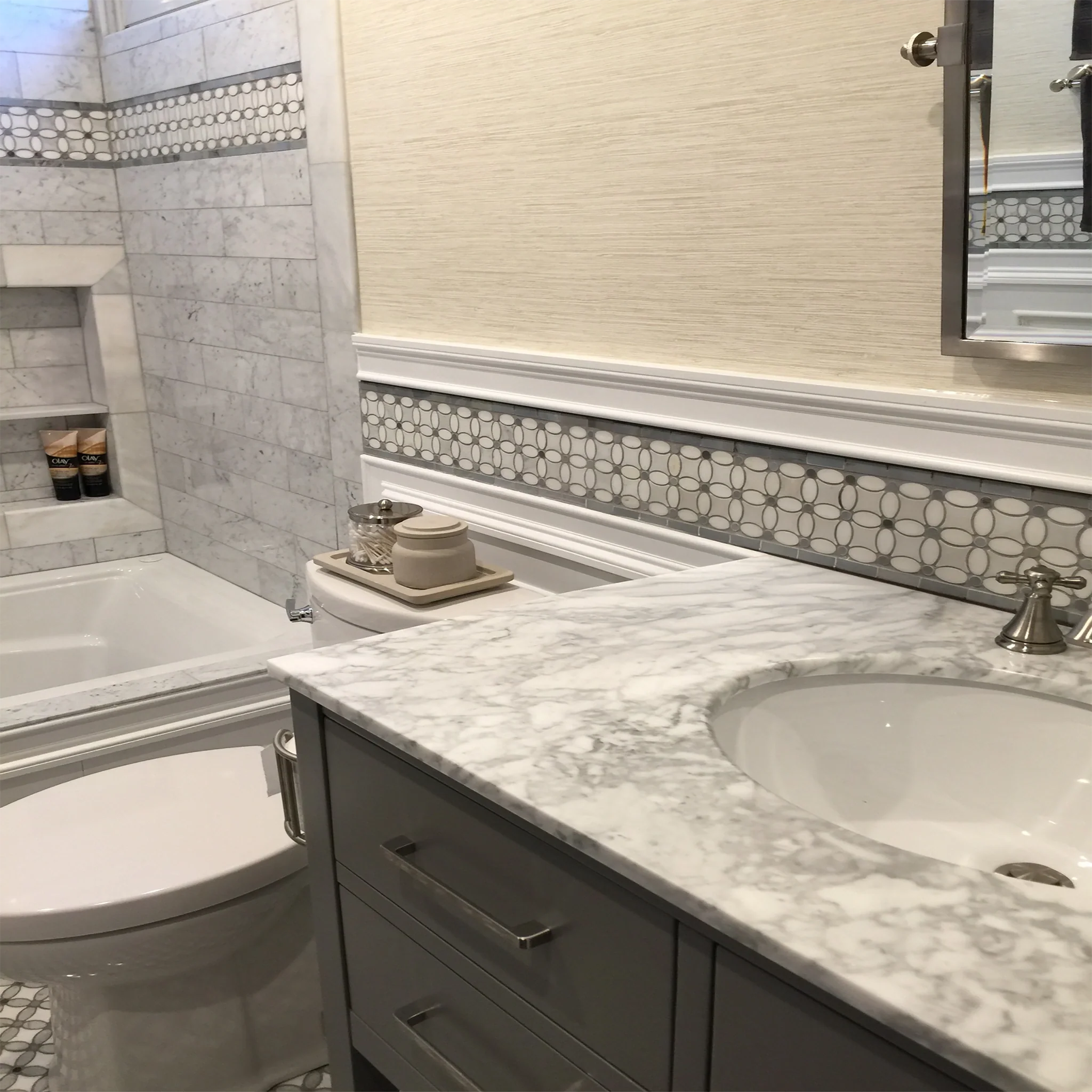 Border/Listello
Border/Listello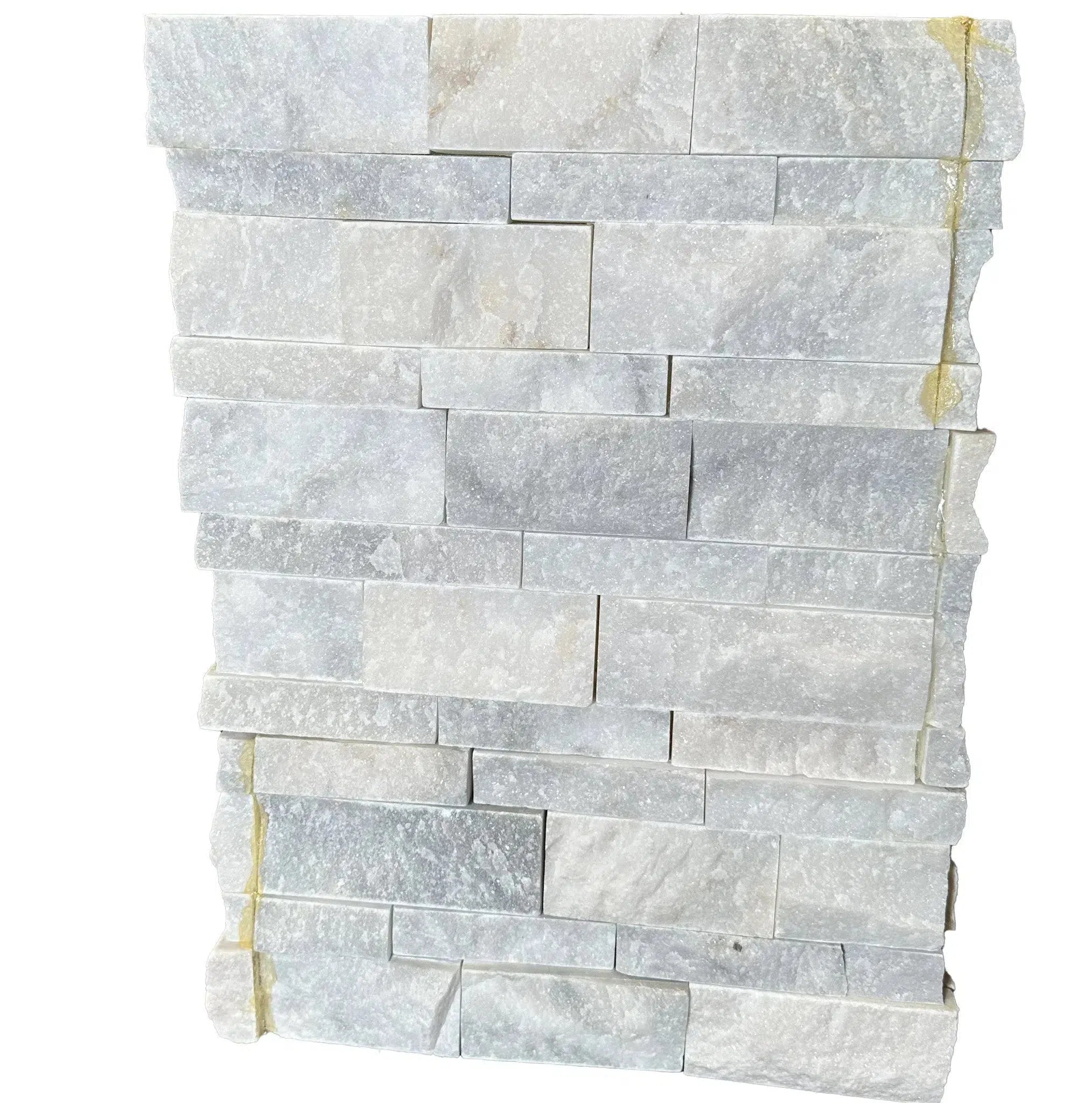 Ledger-Panel
Ledger-Panel Checkerboard
Checkerboard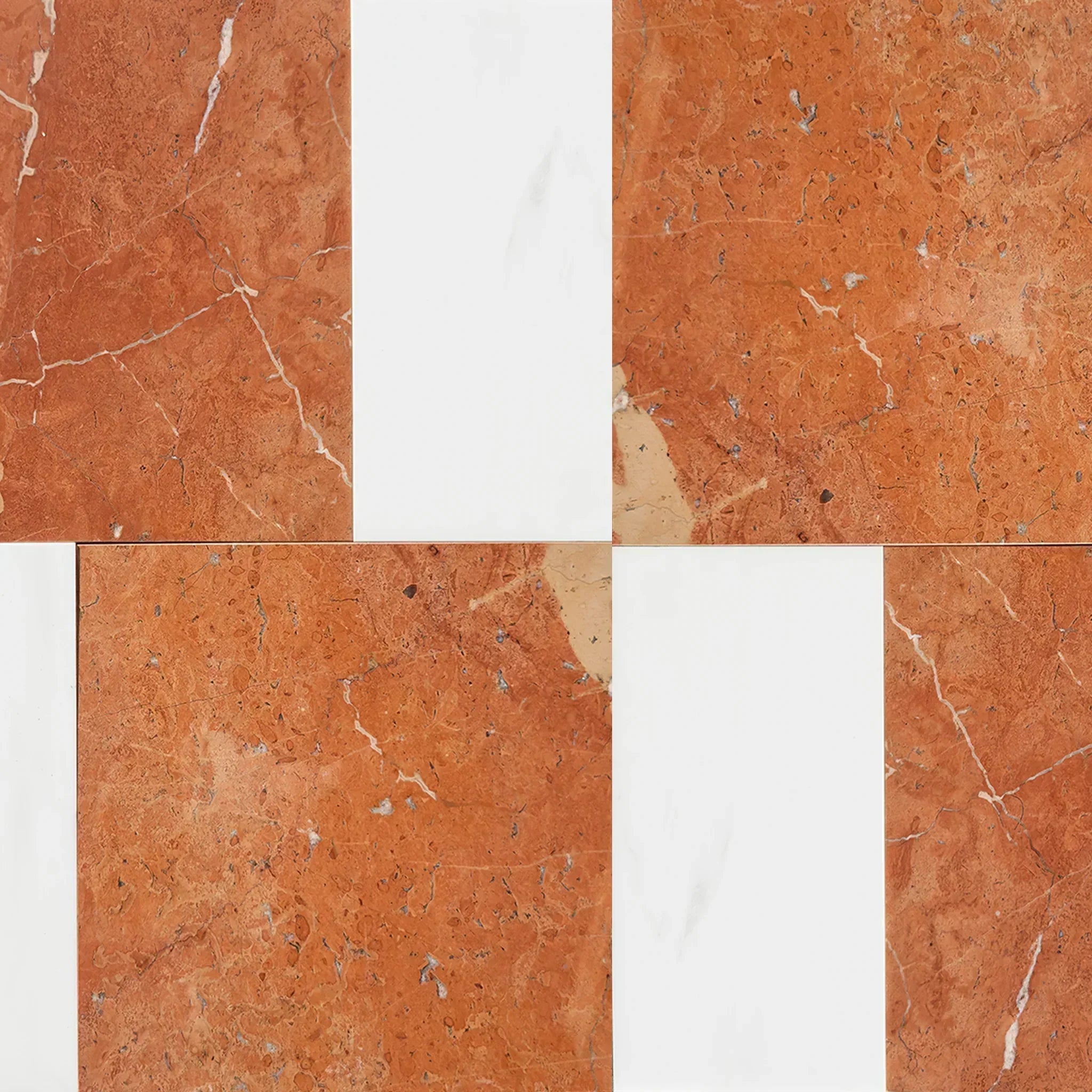 Patterned Tile Collection
Patterned Tile Collection  Shop By Finish
Shop By Finish
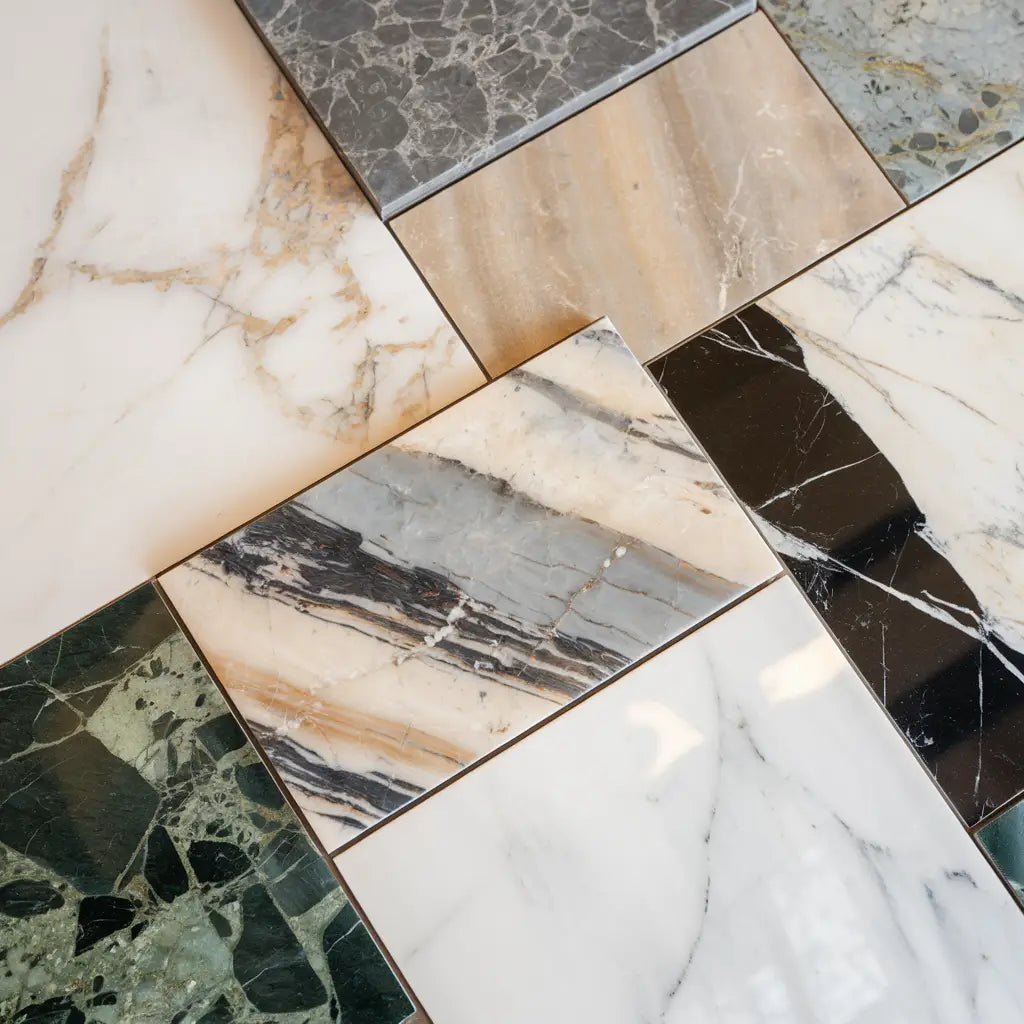 Polished
Polished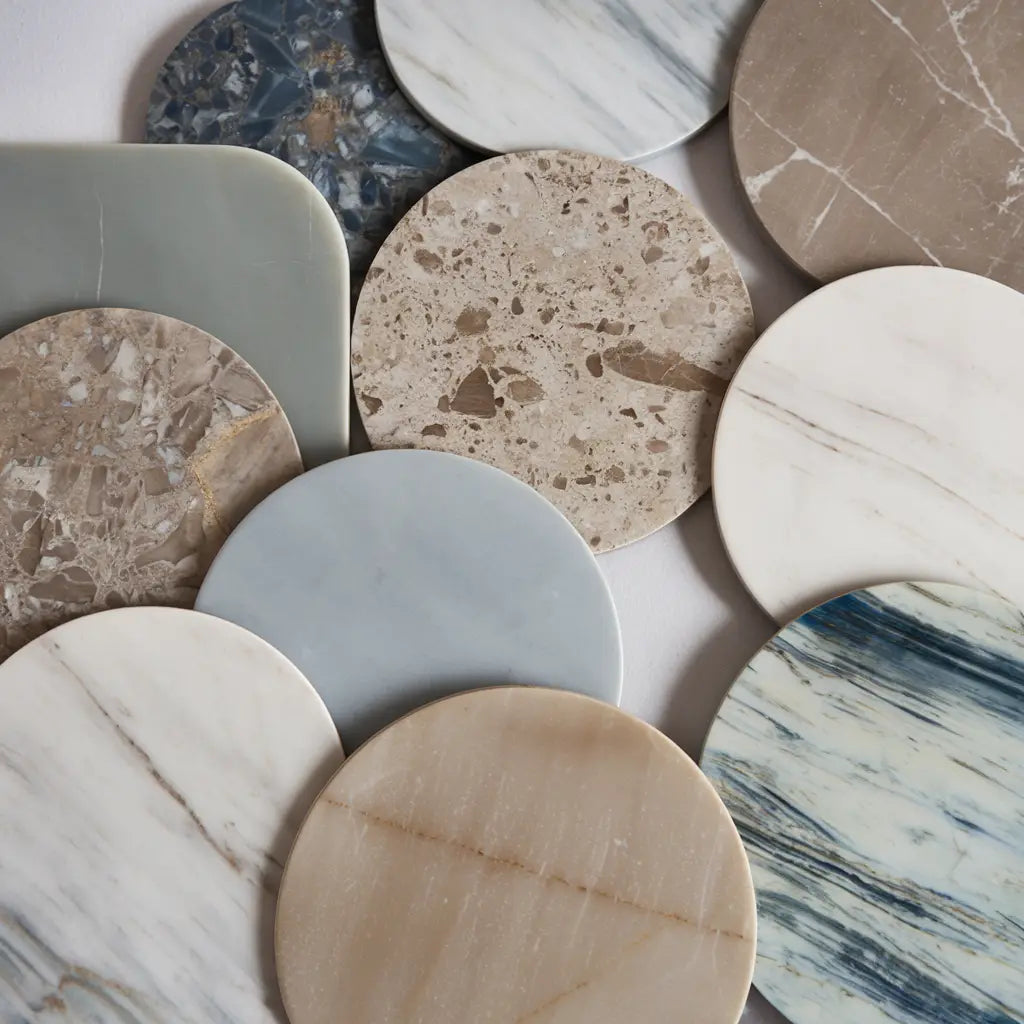 Honed
Honed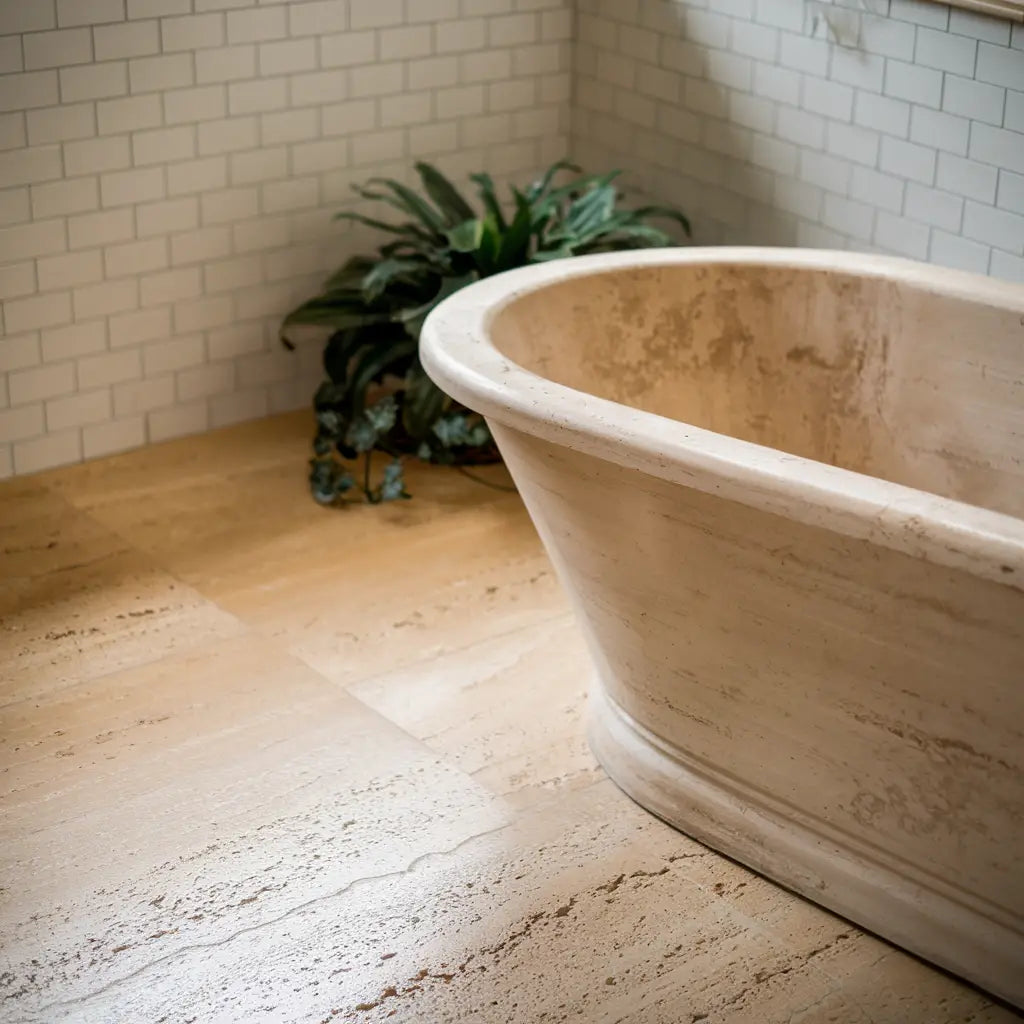 Brushed
Brushed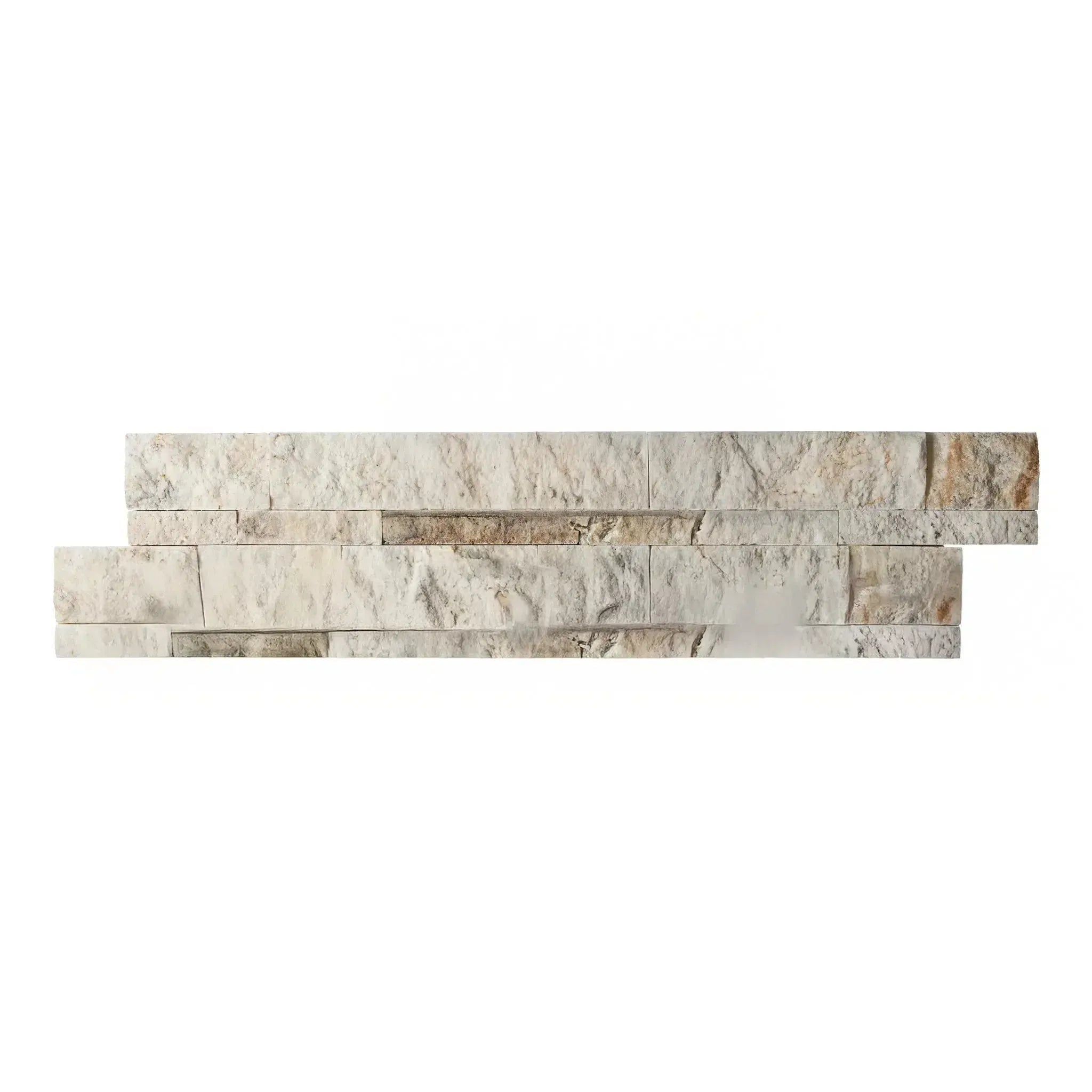 Split Face
Split Face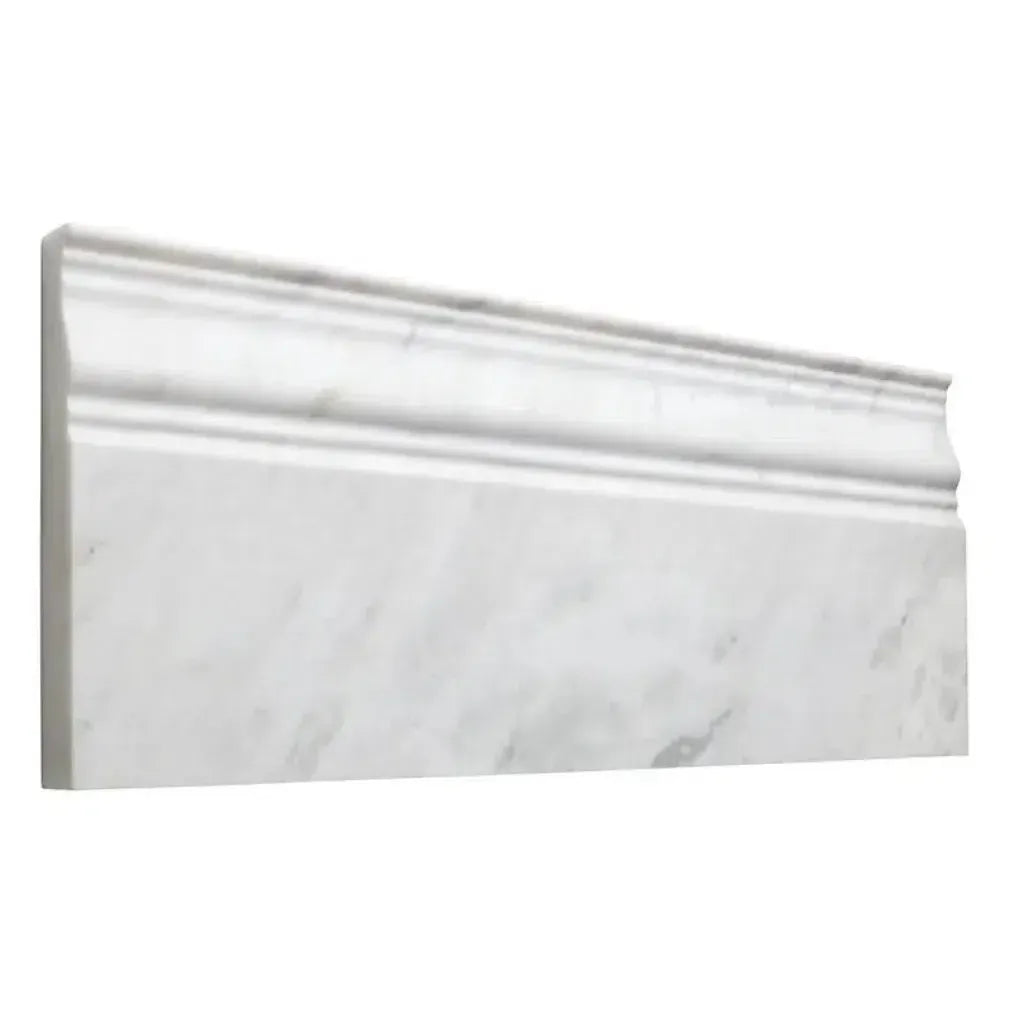 Textured
Textured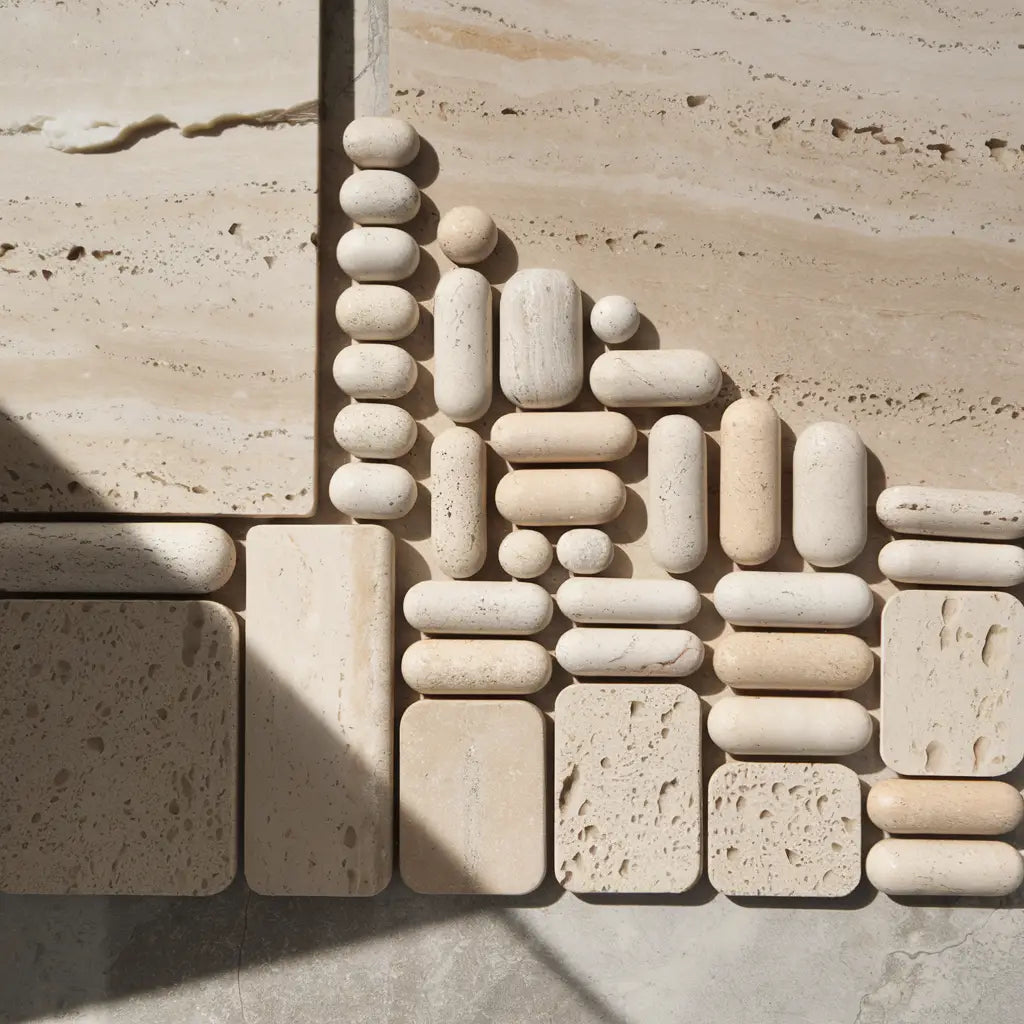 Tumbled
Tumbled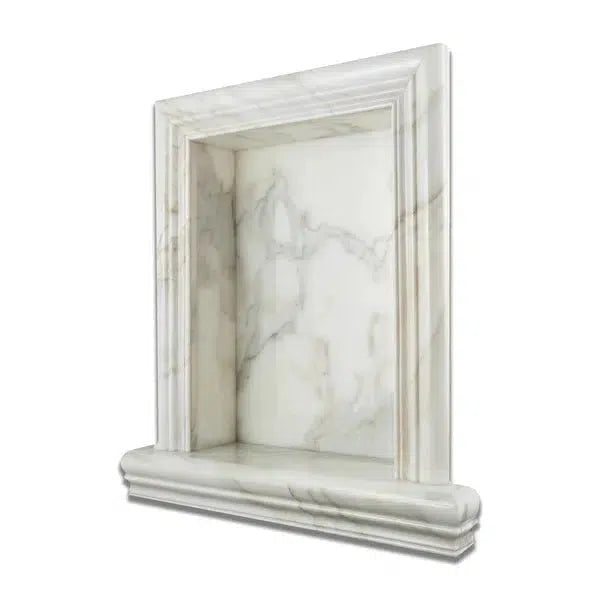 Accessories
Accessories
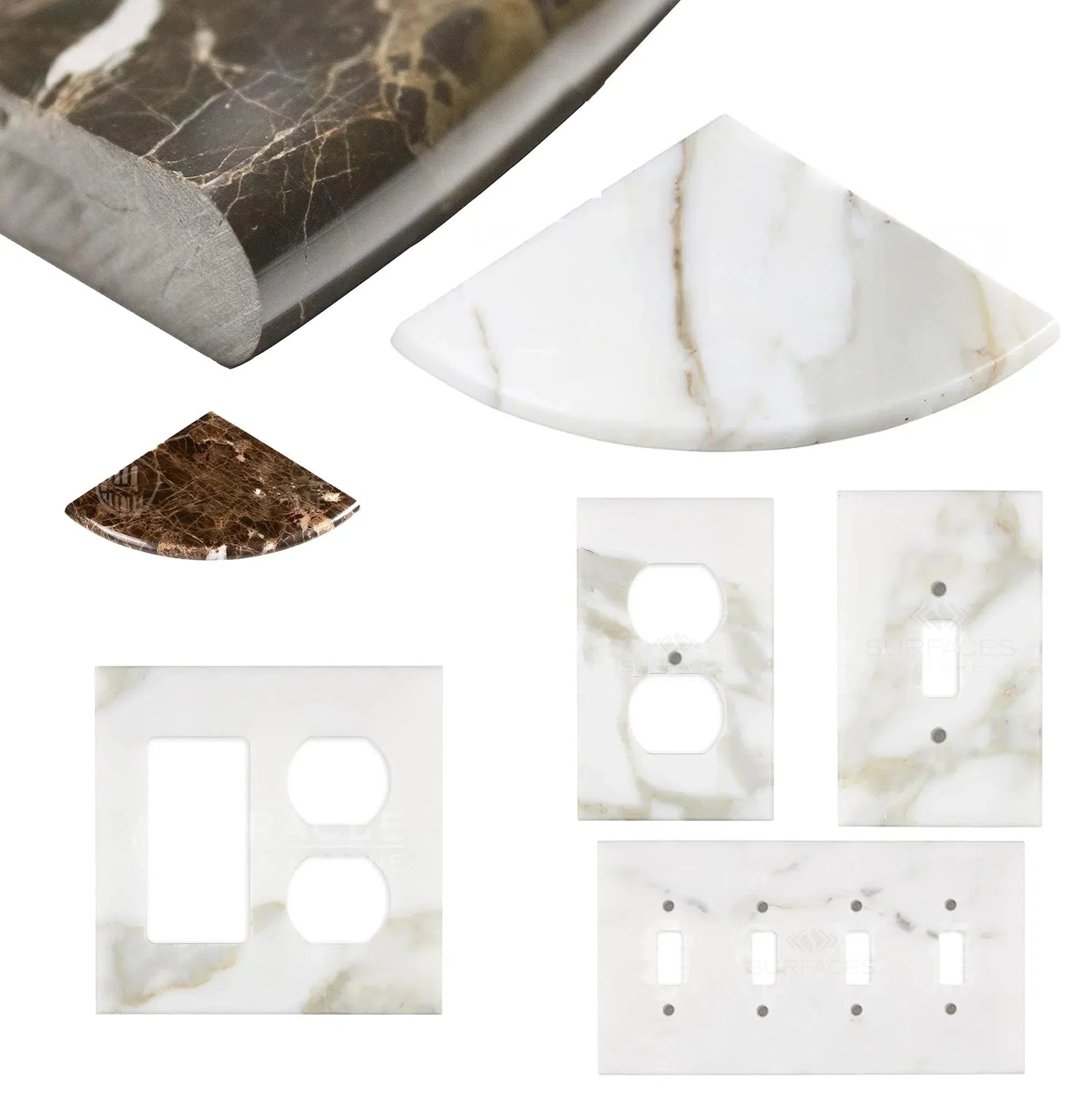 Wall Plate / Switch Plate
Wall Plate / Switch Plate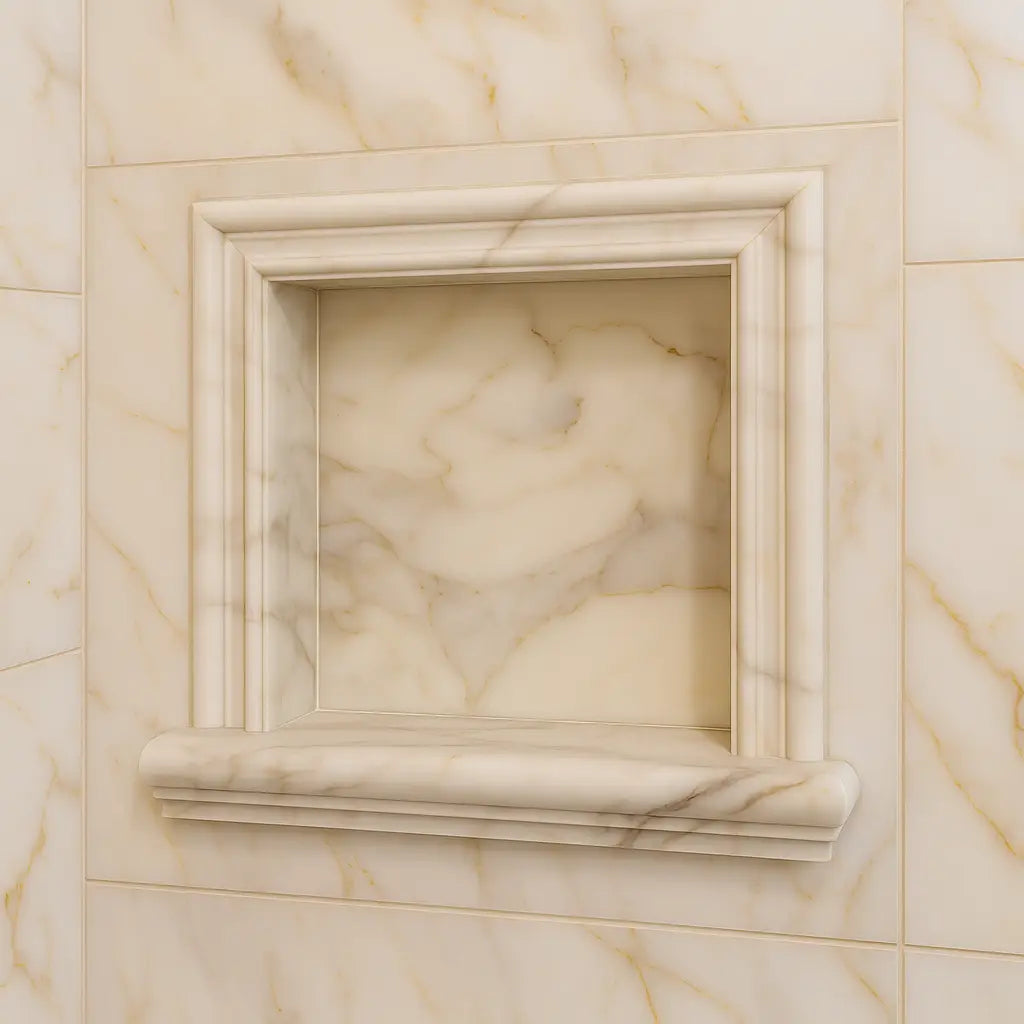 Shampoo Niche
Shampoo Niche Corner Shelf
Corner Shelf Clearance
Clearance
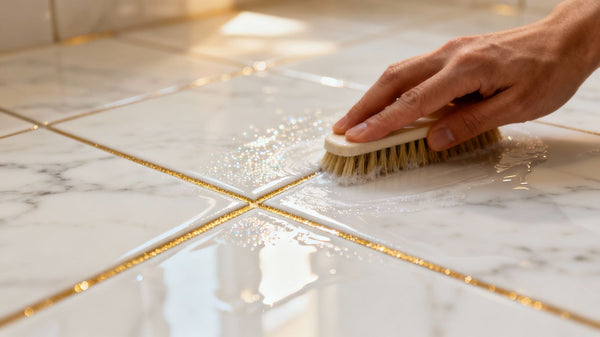




Leave a comment